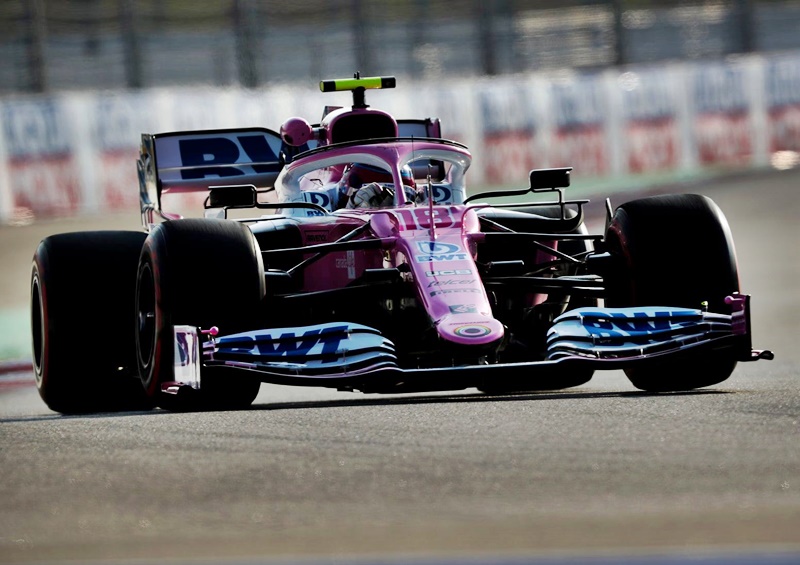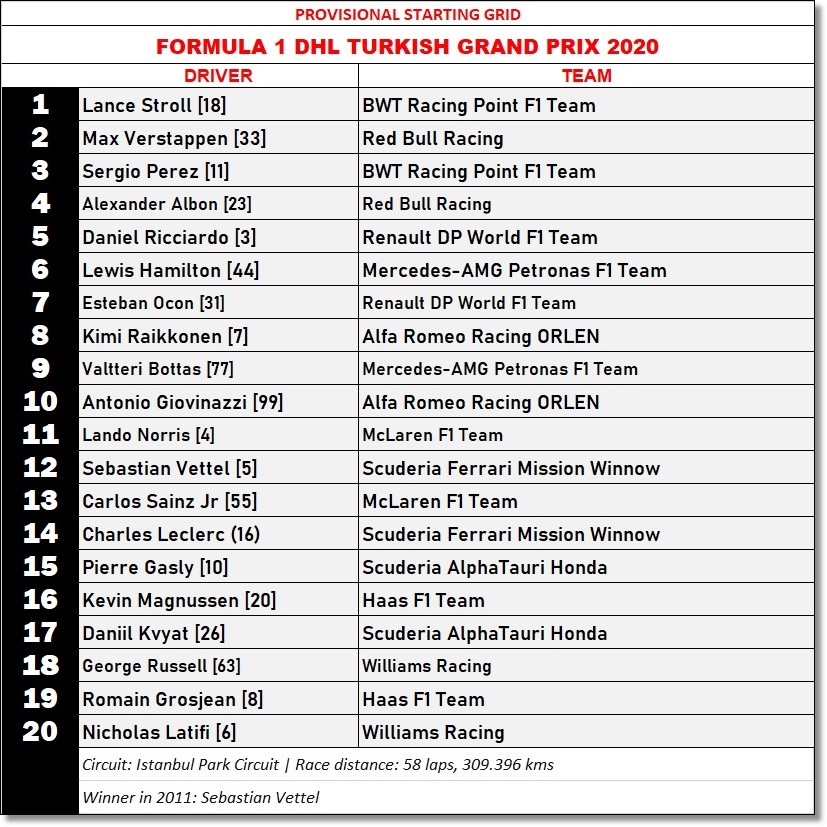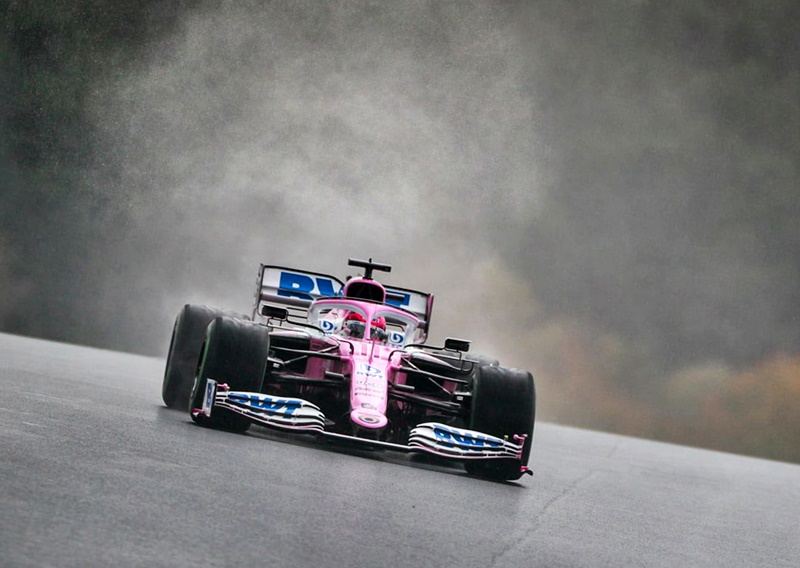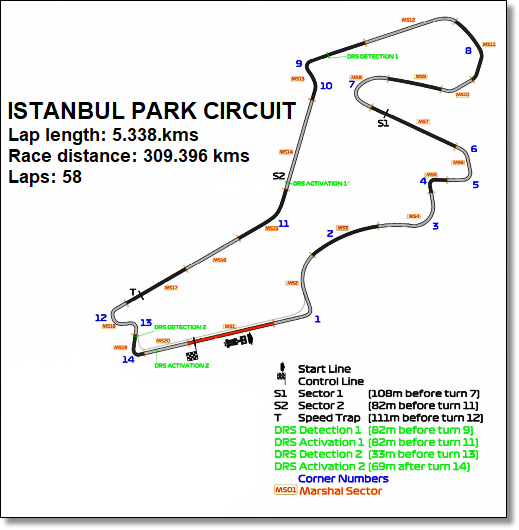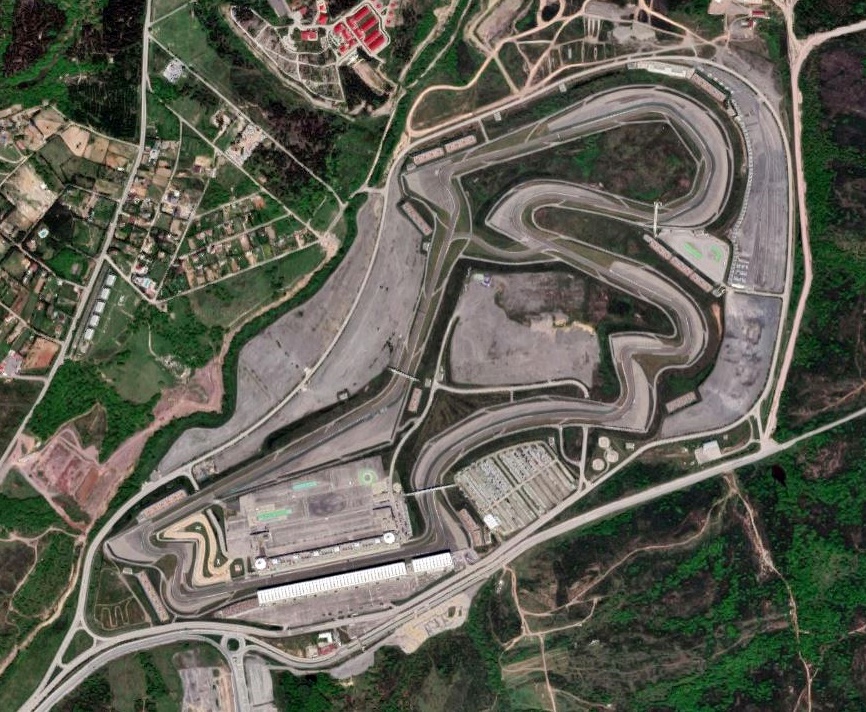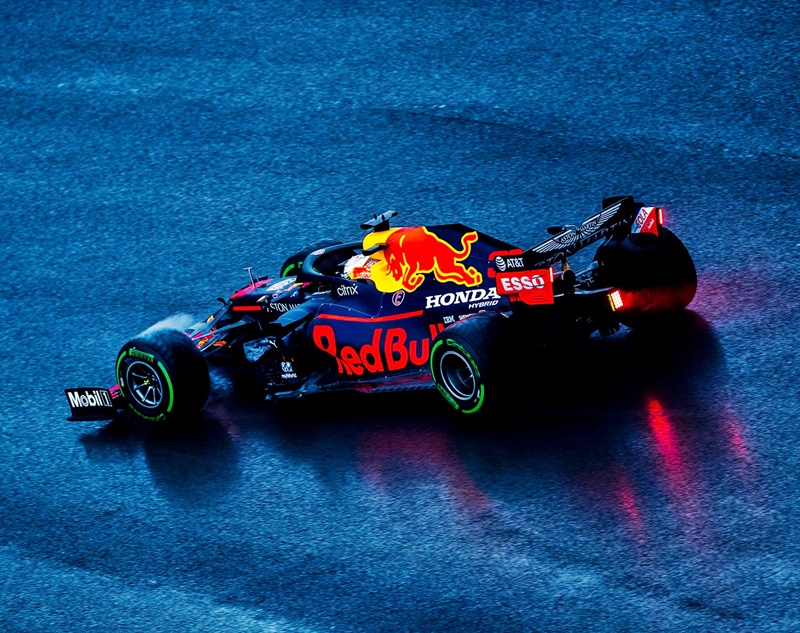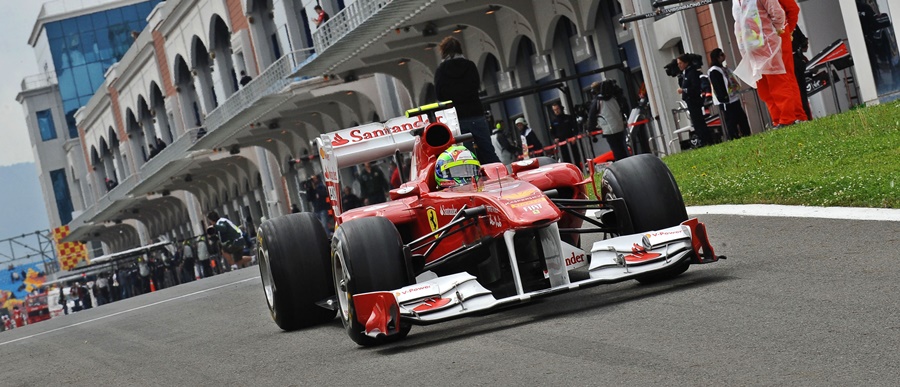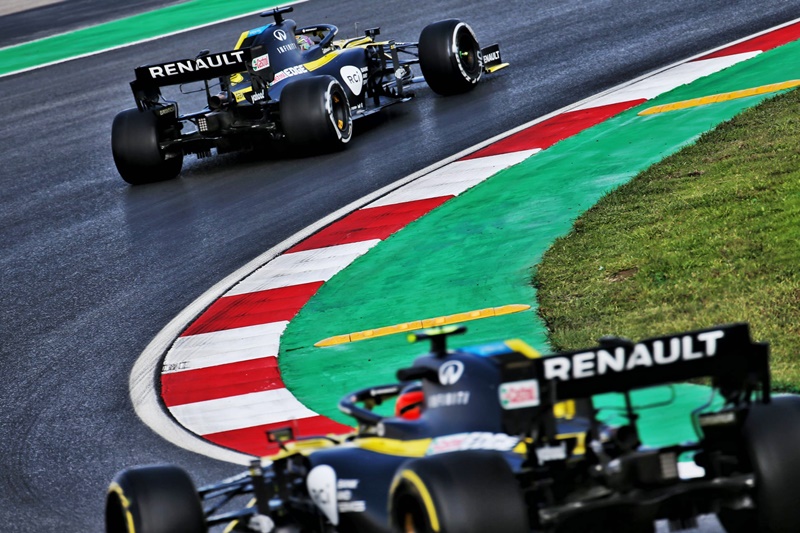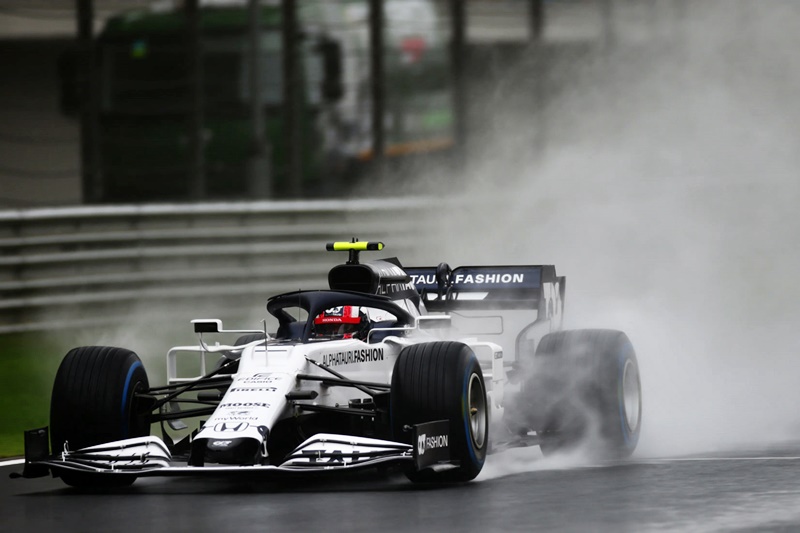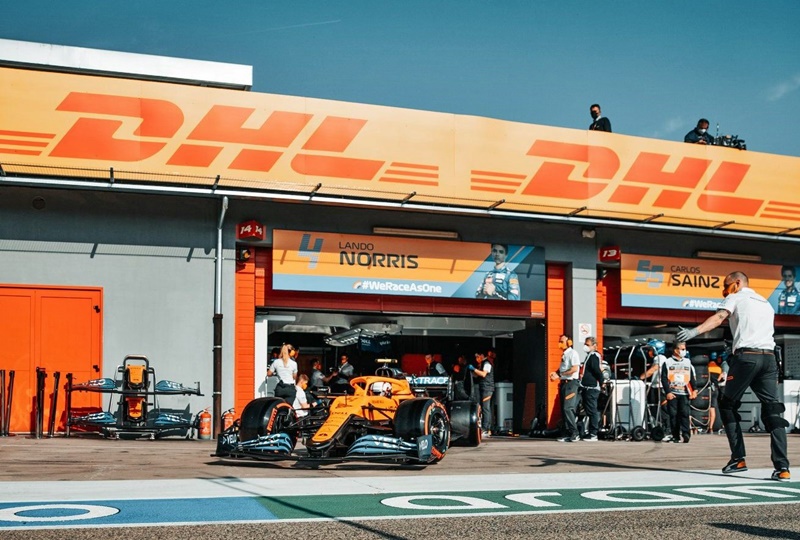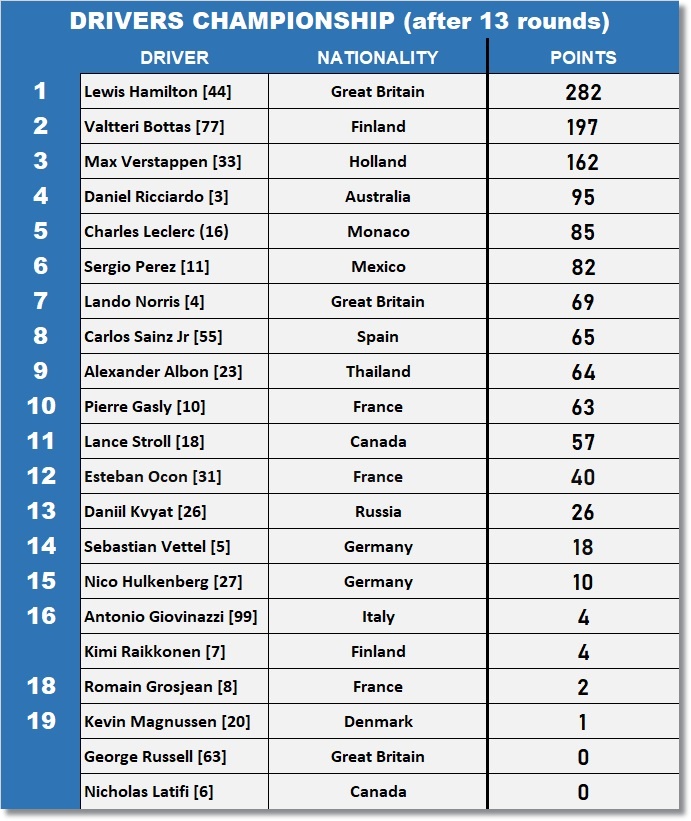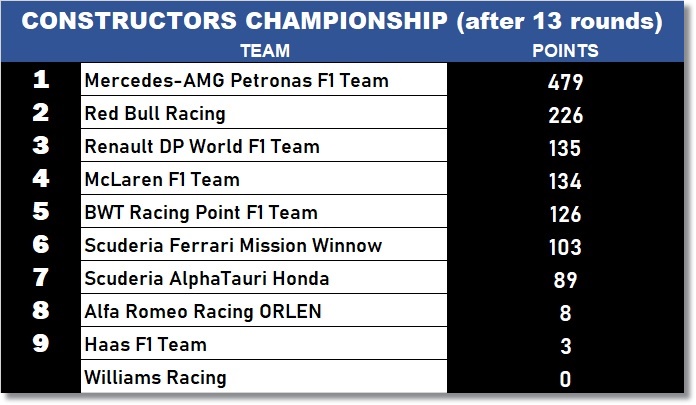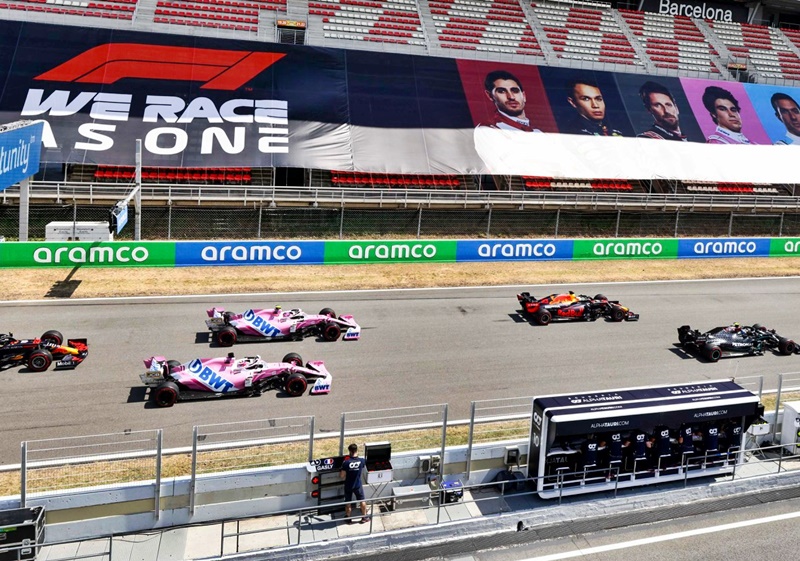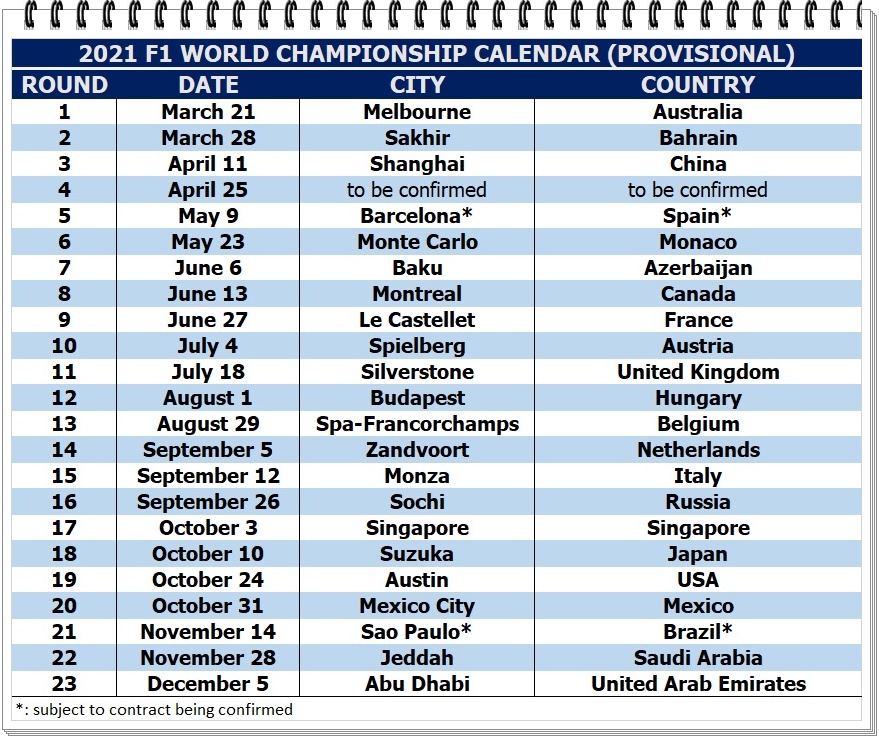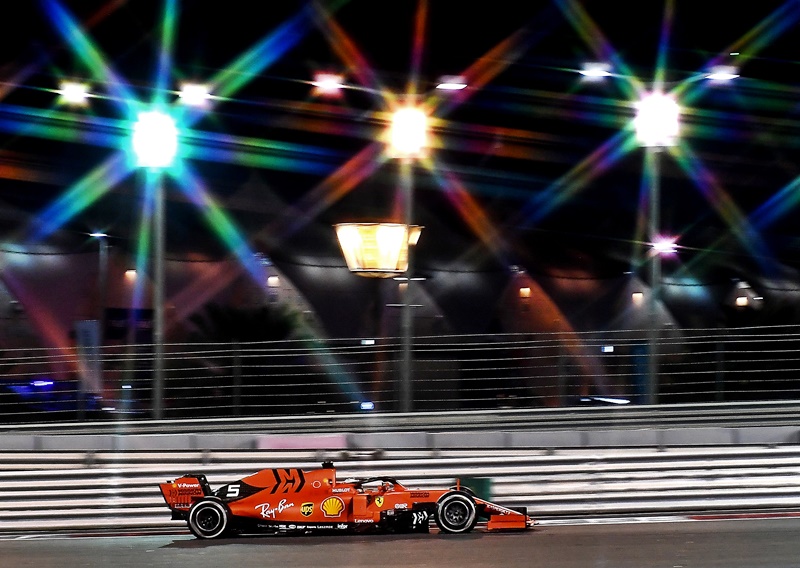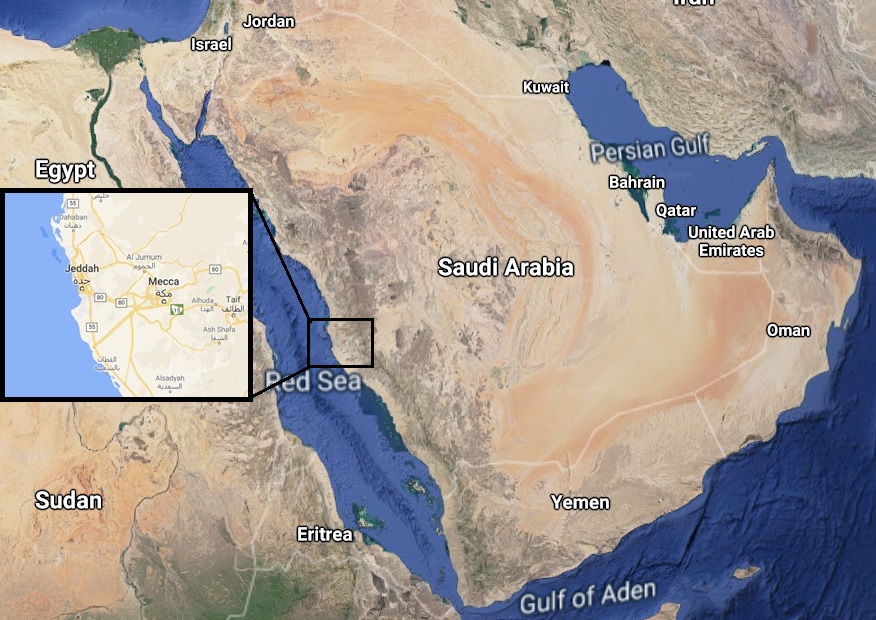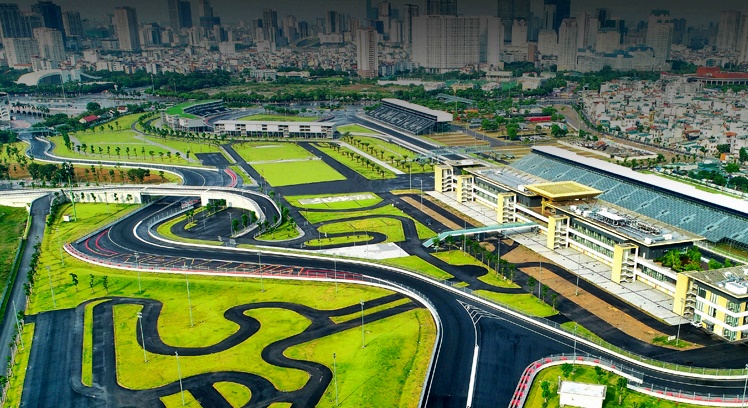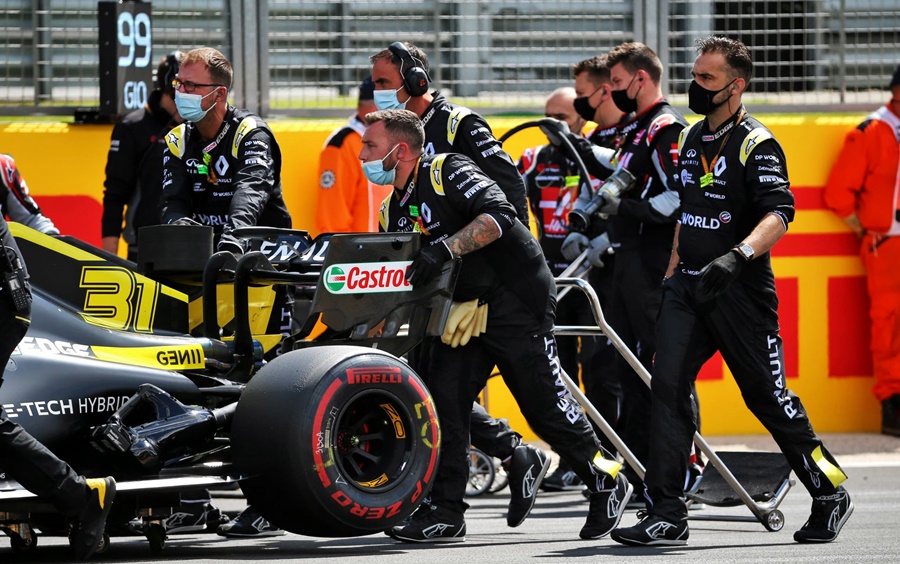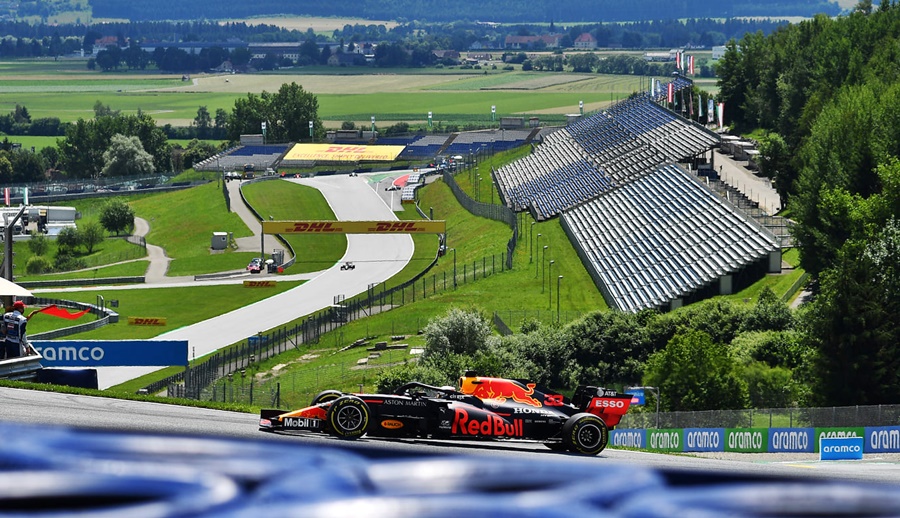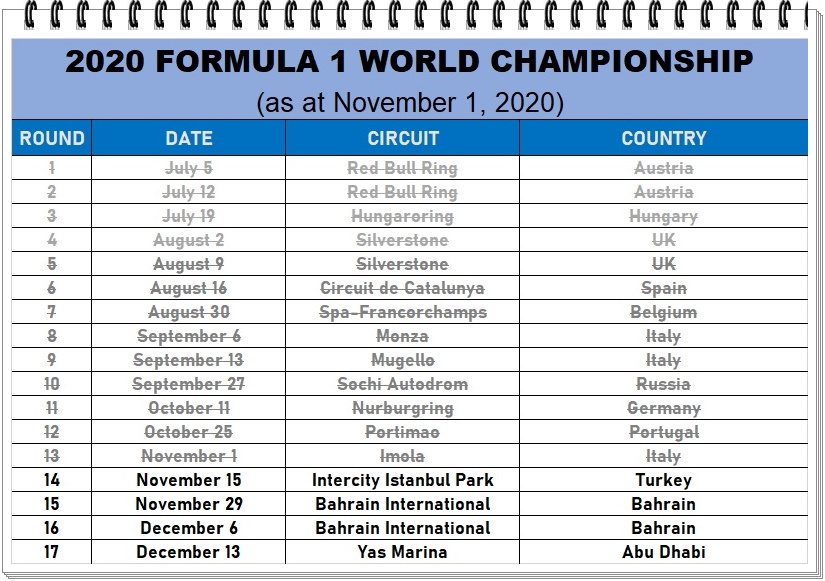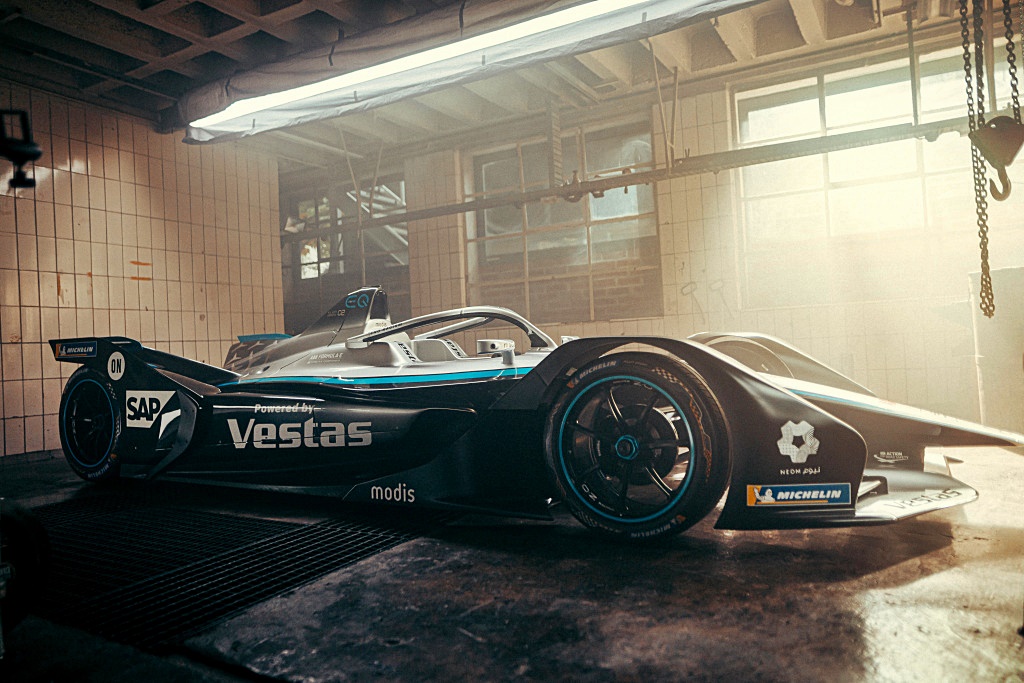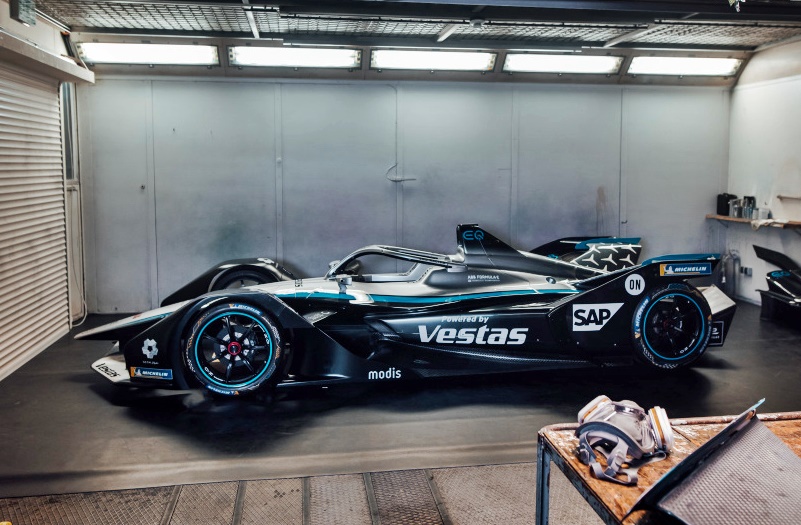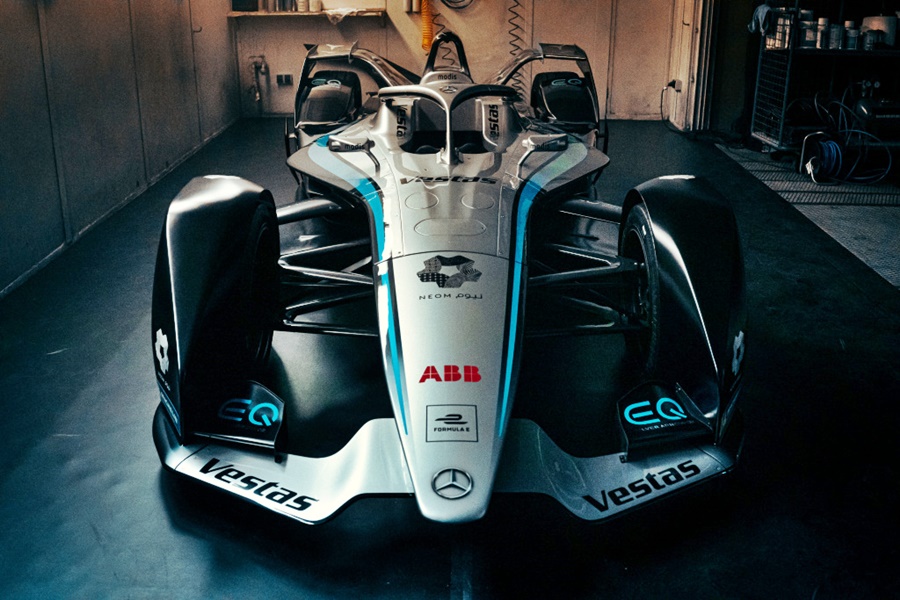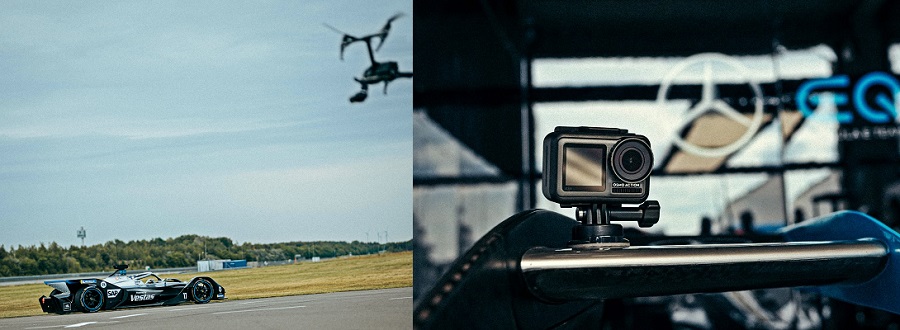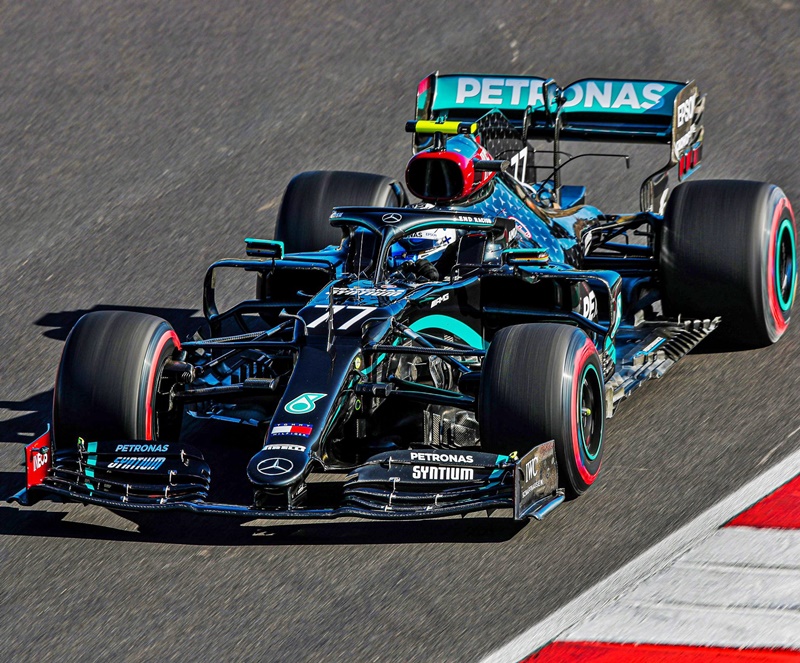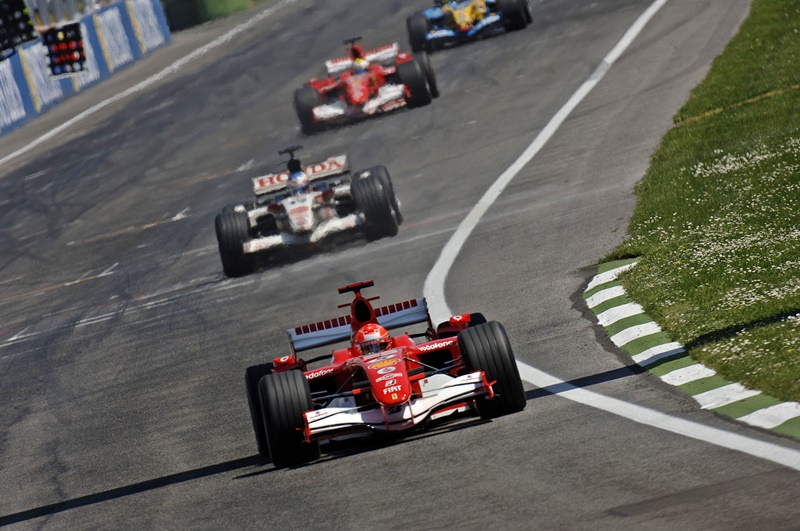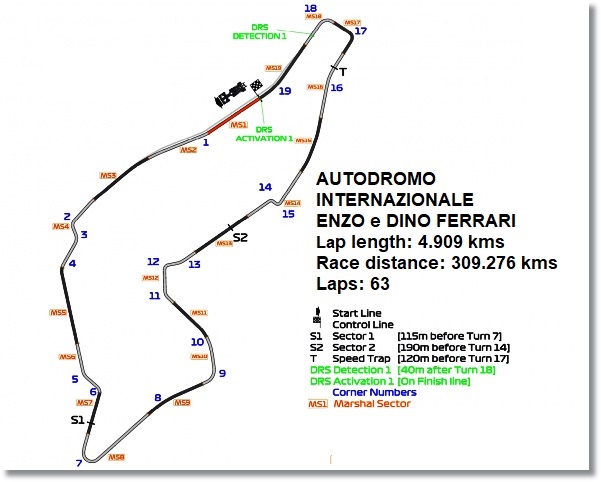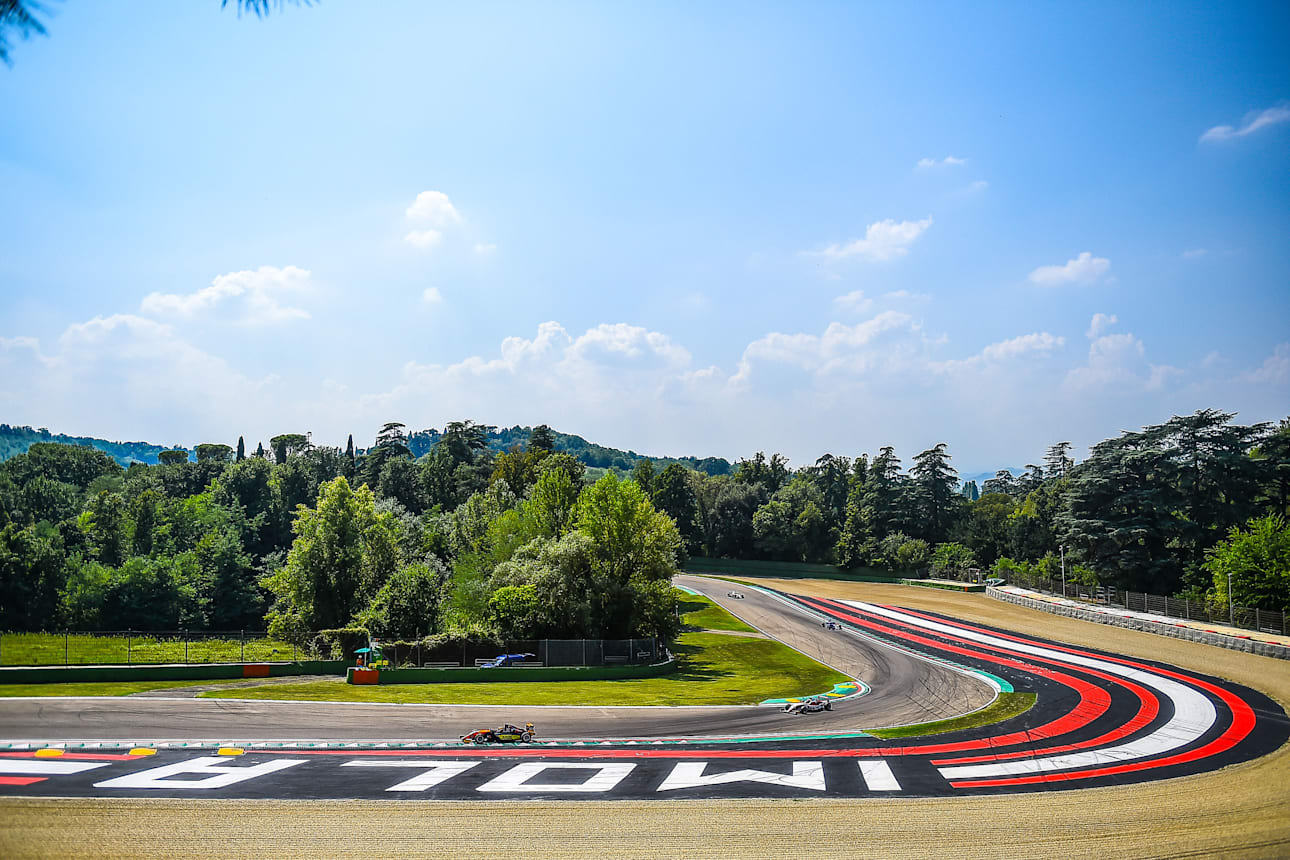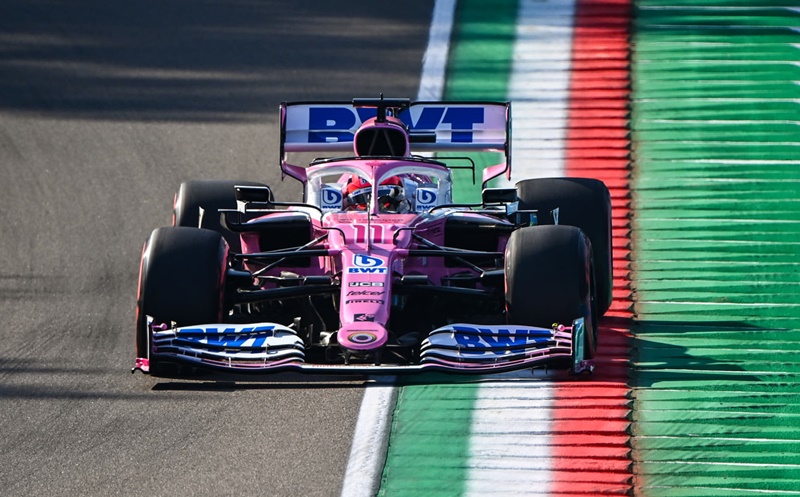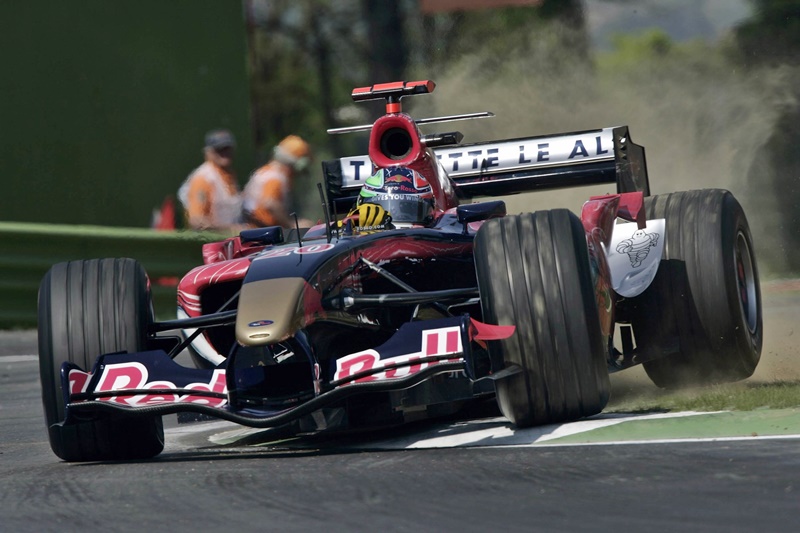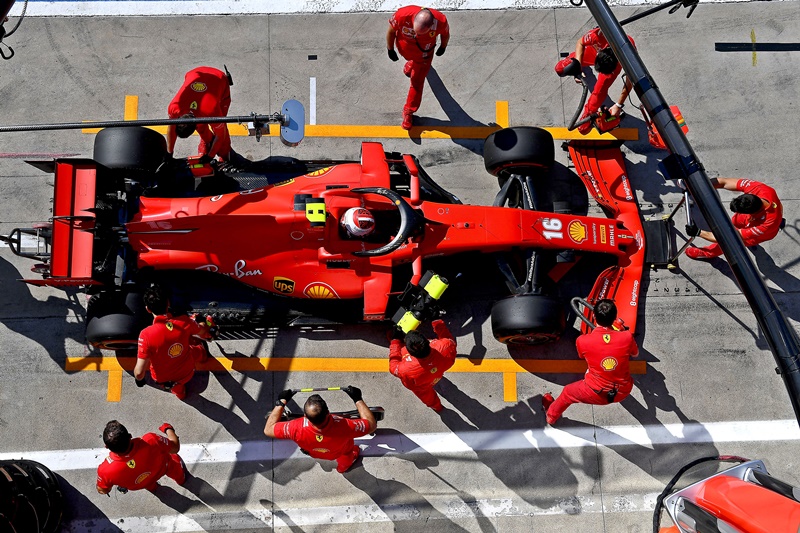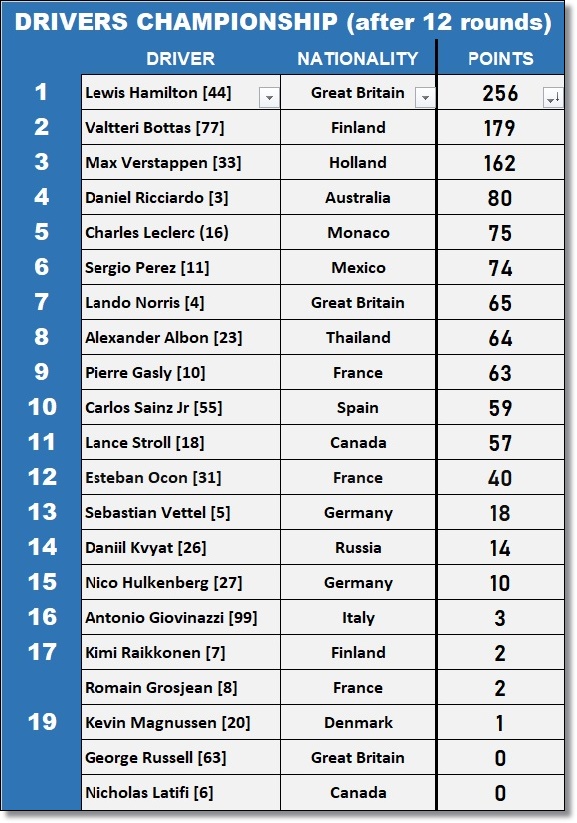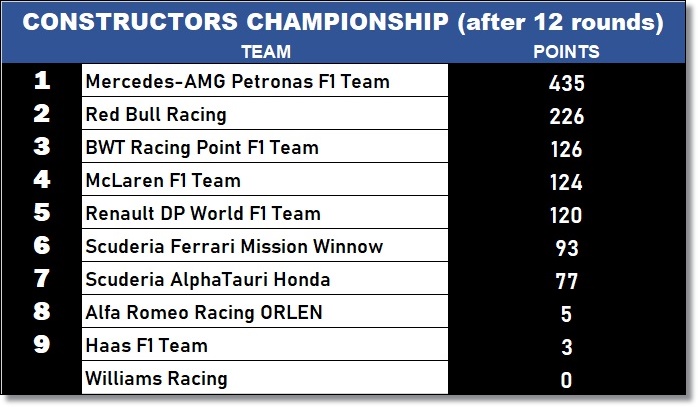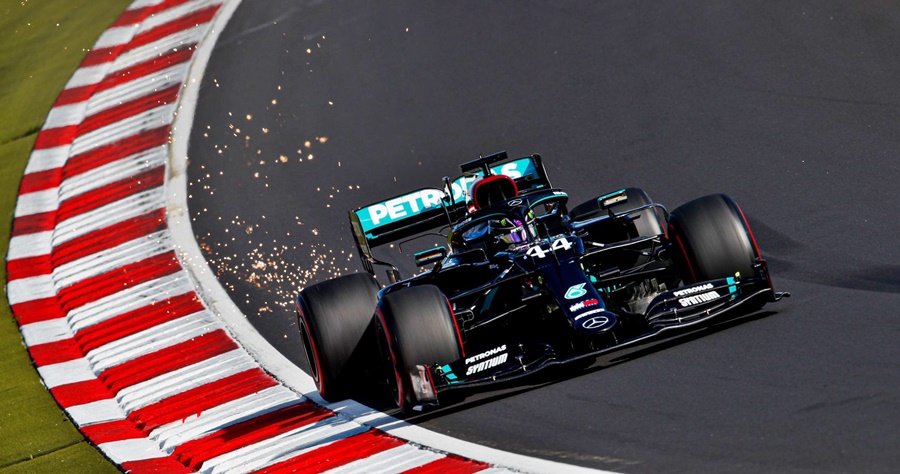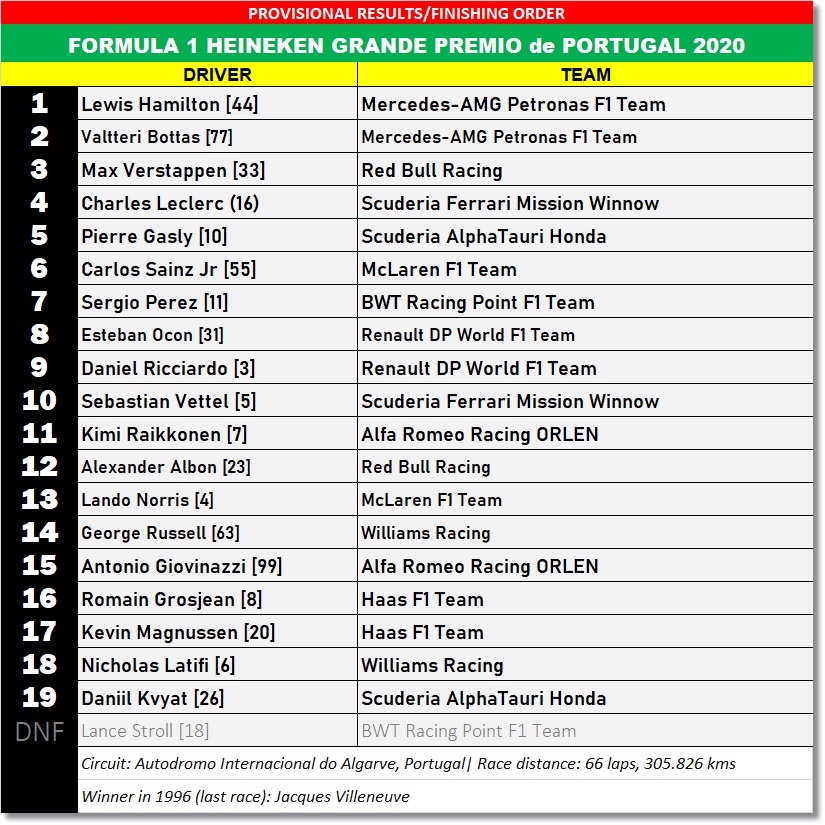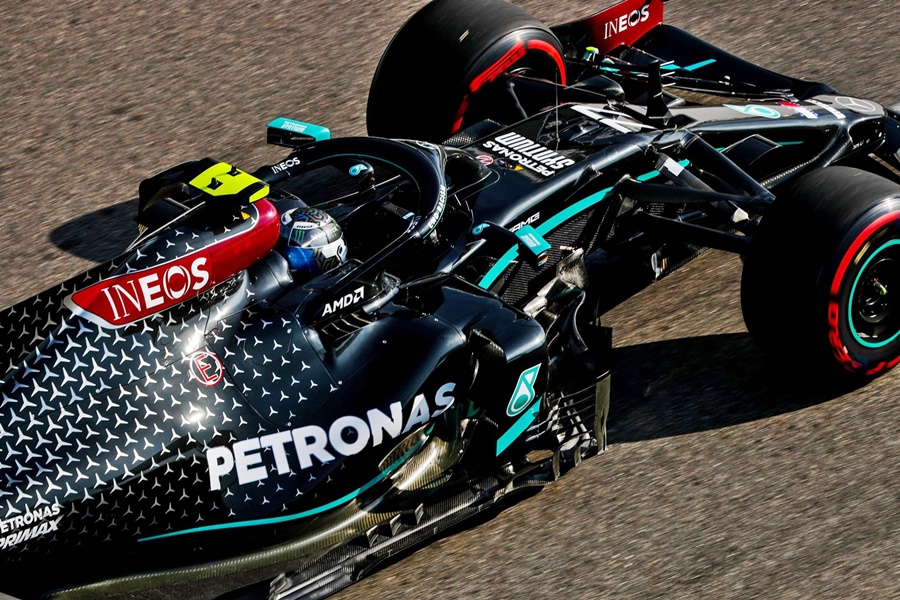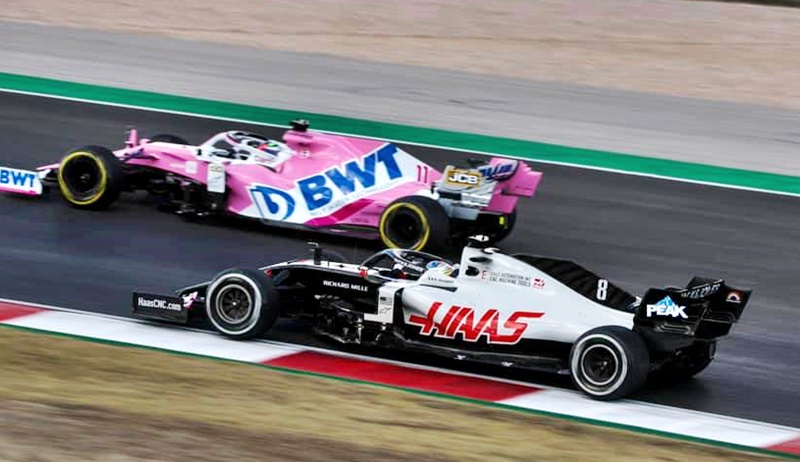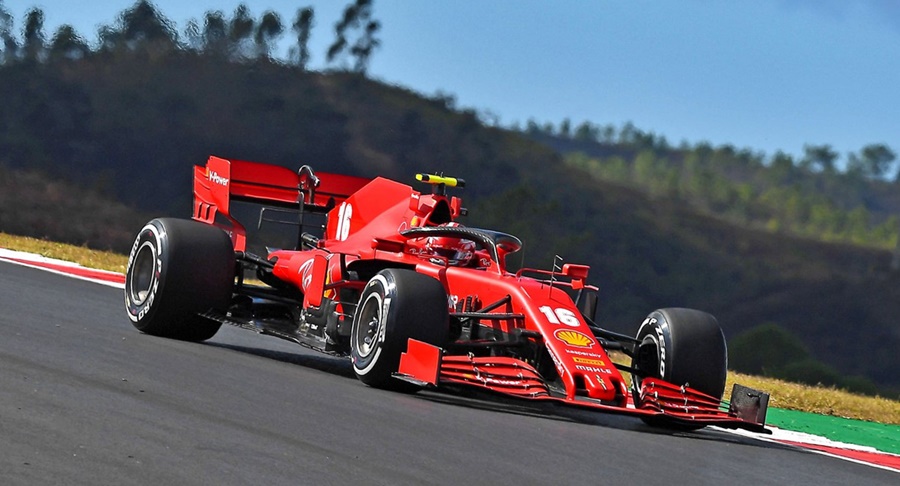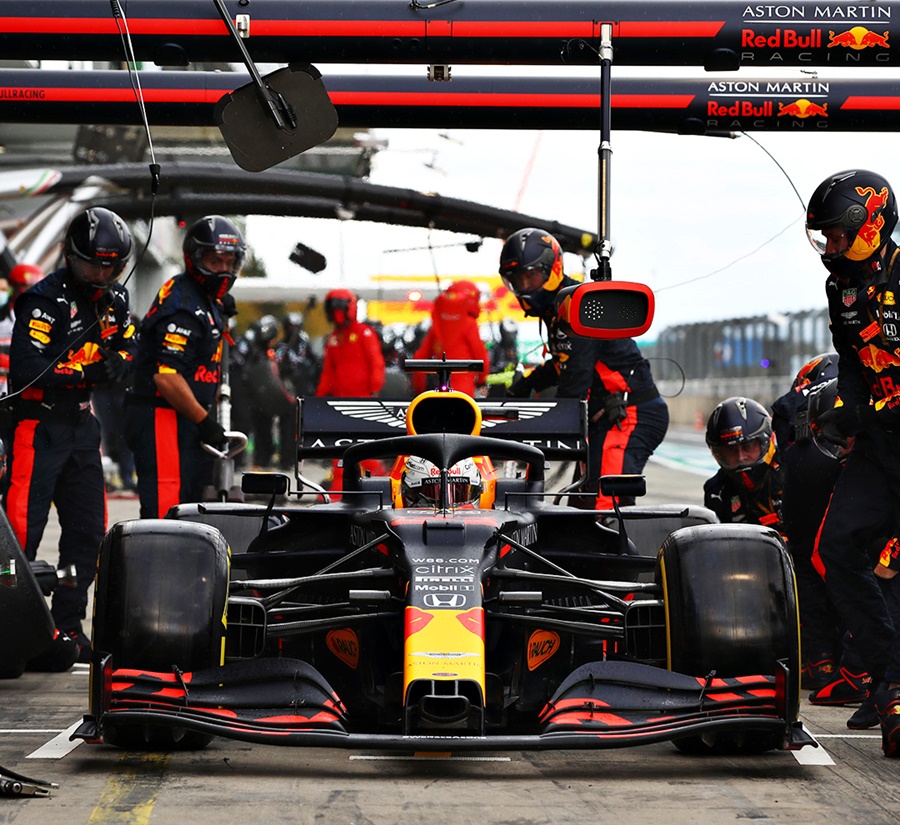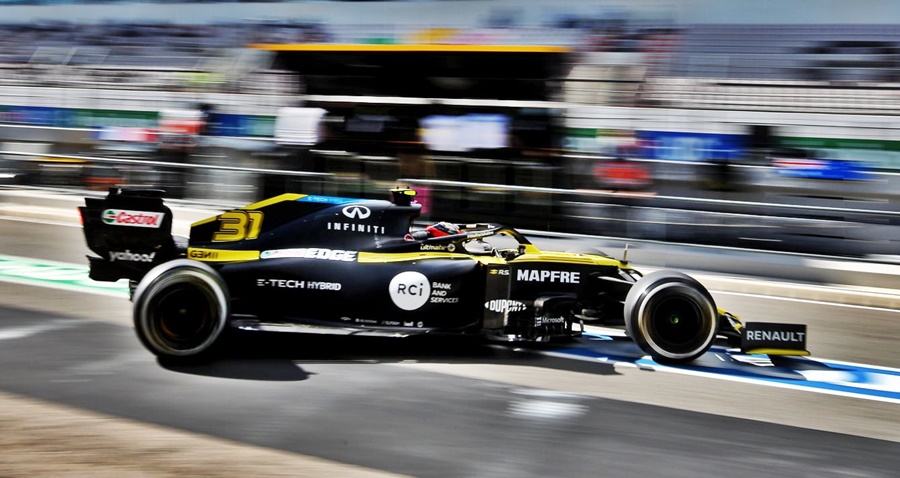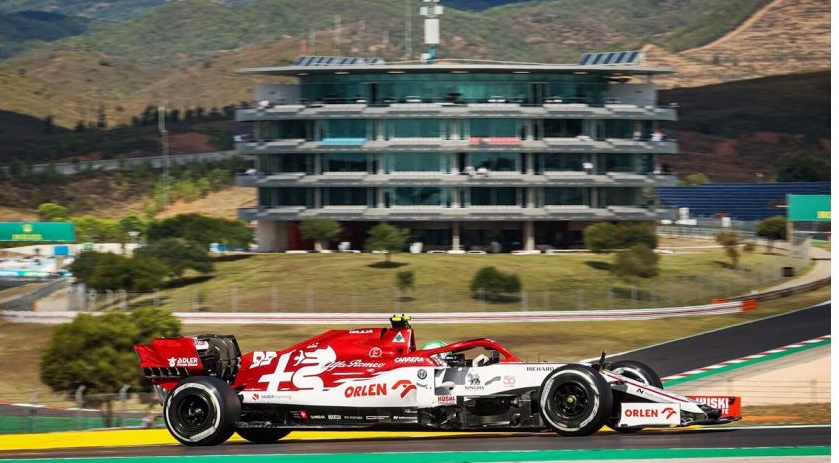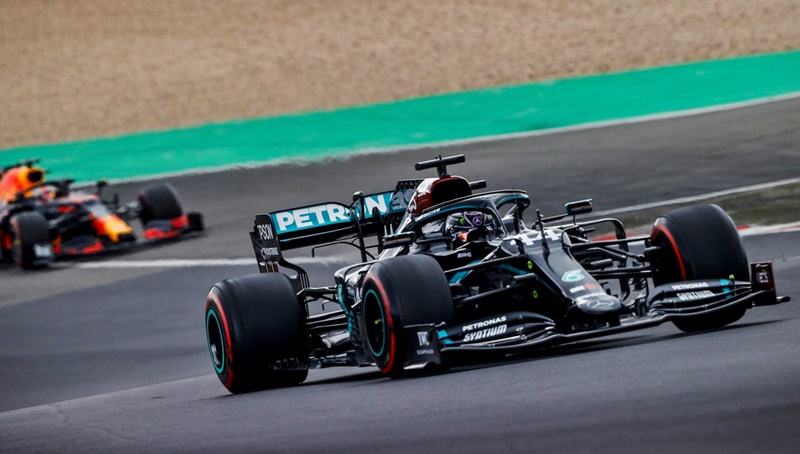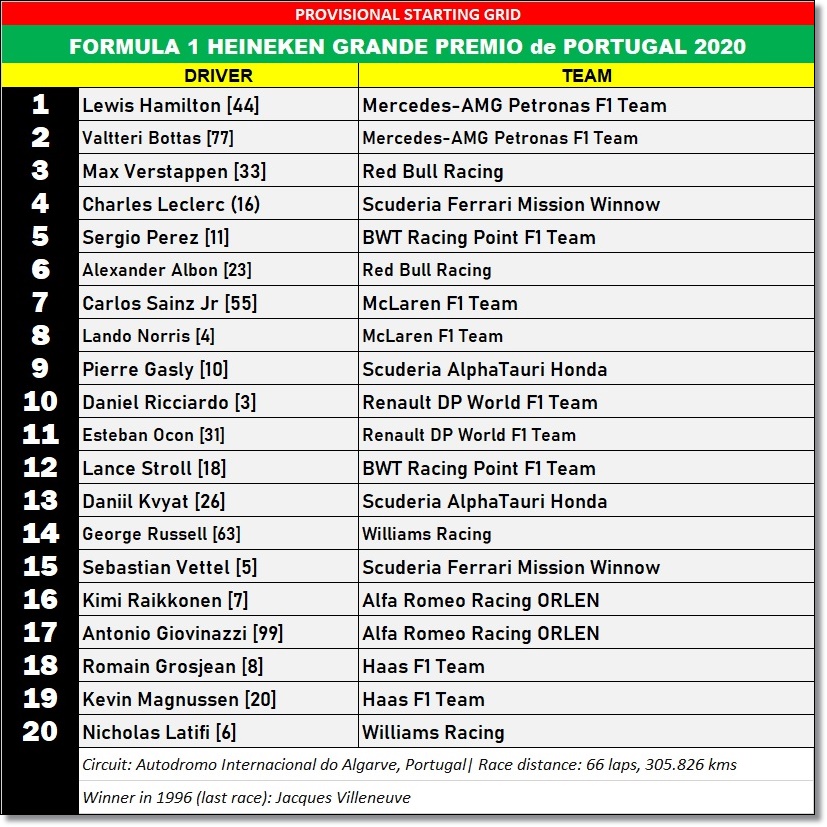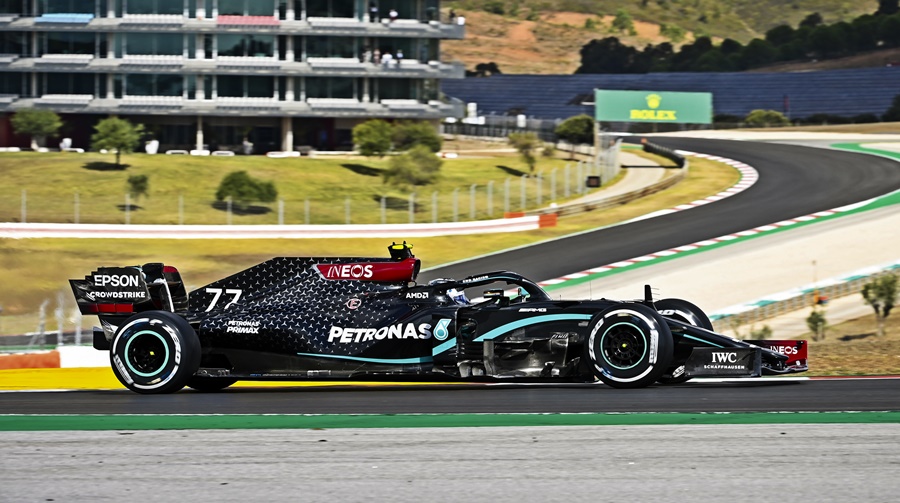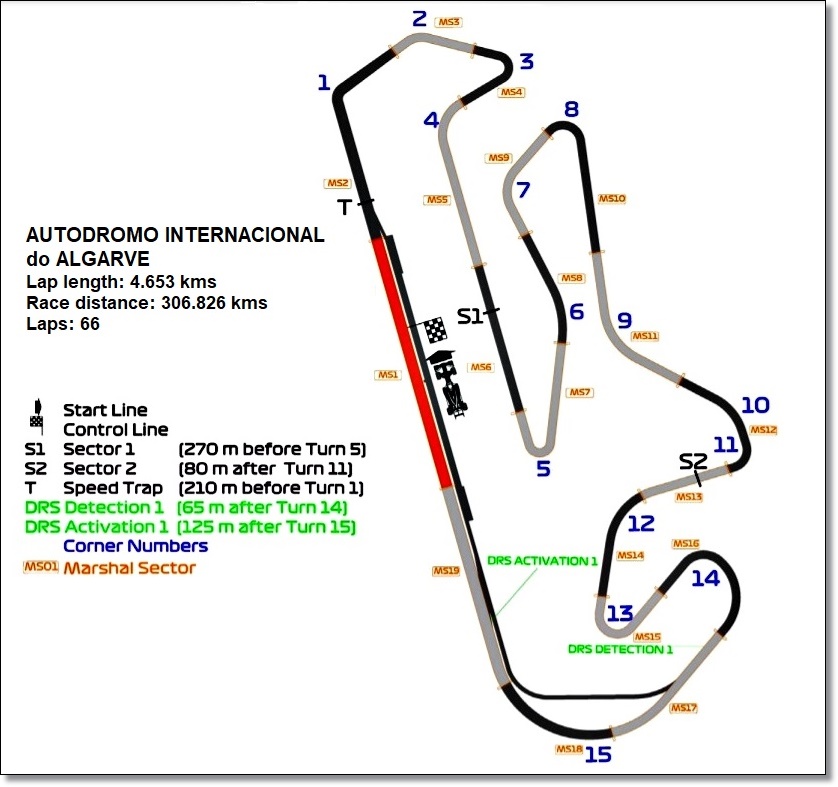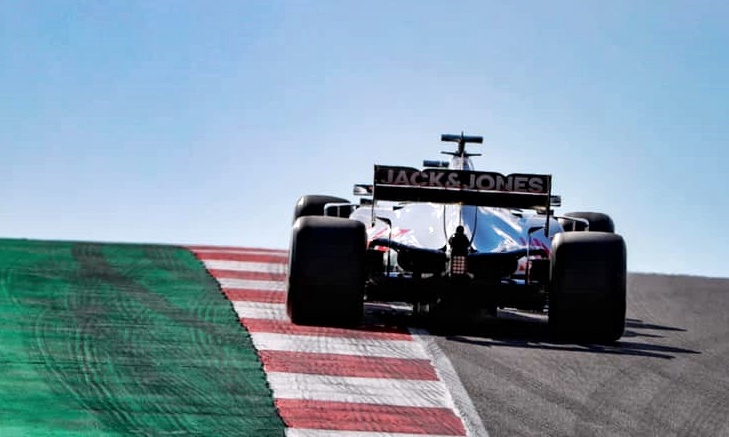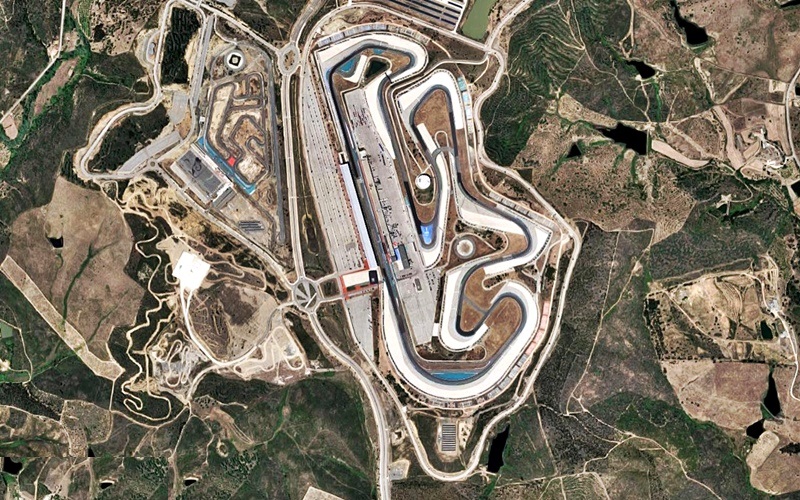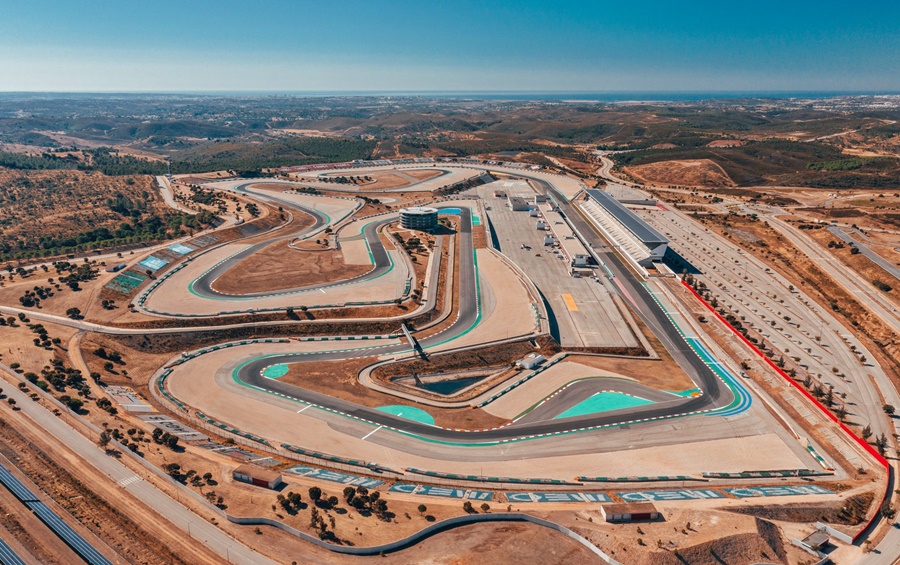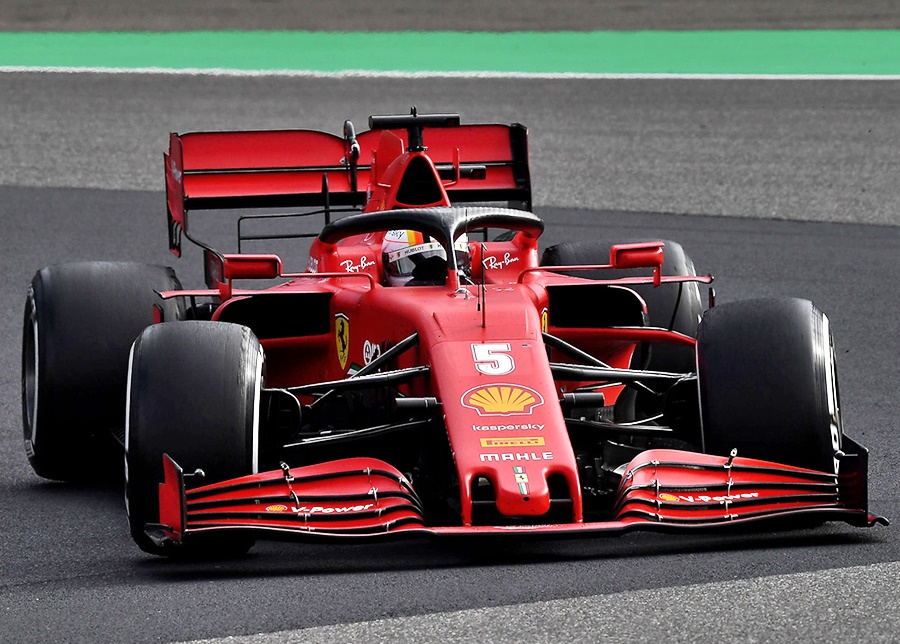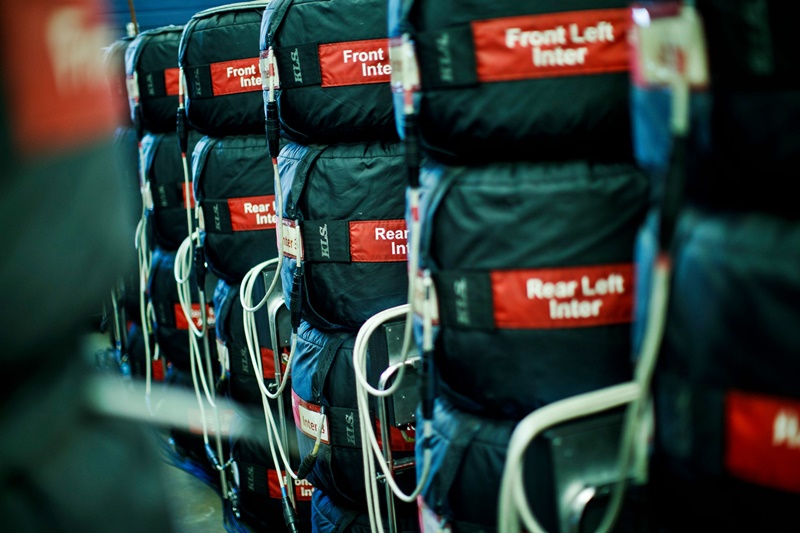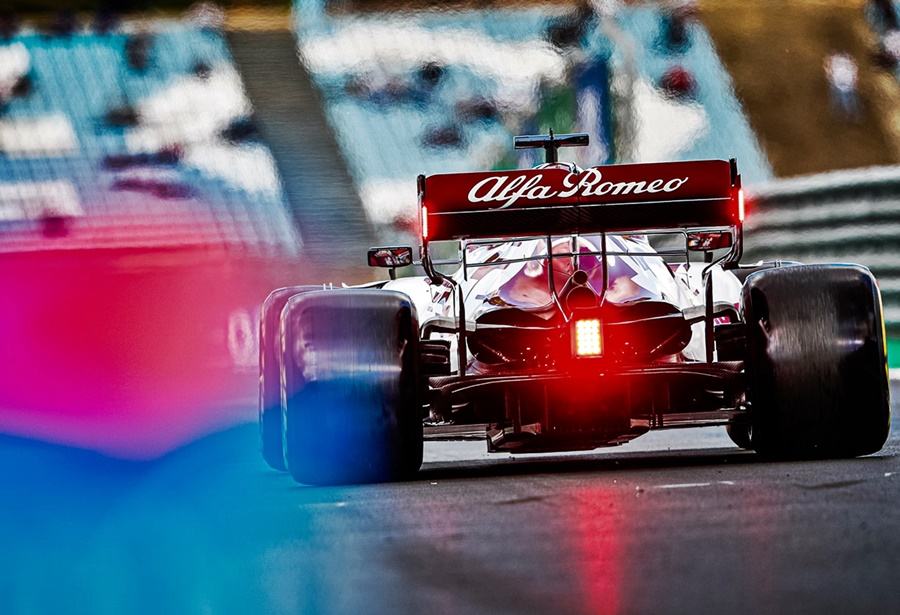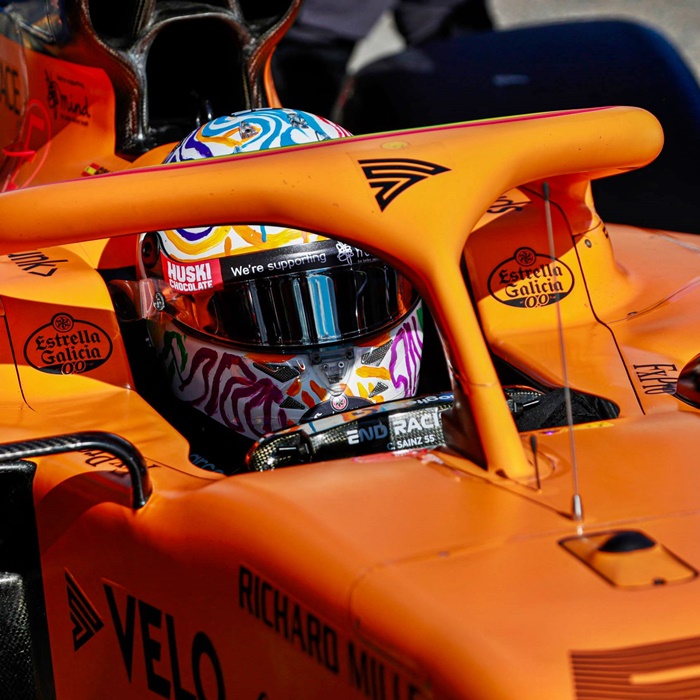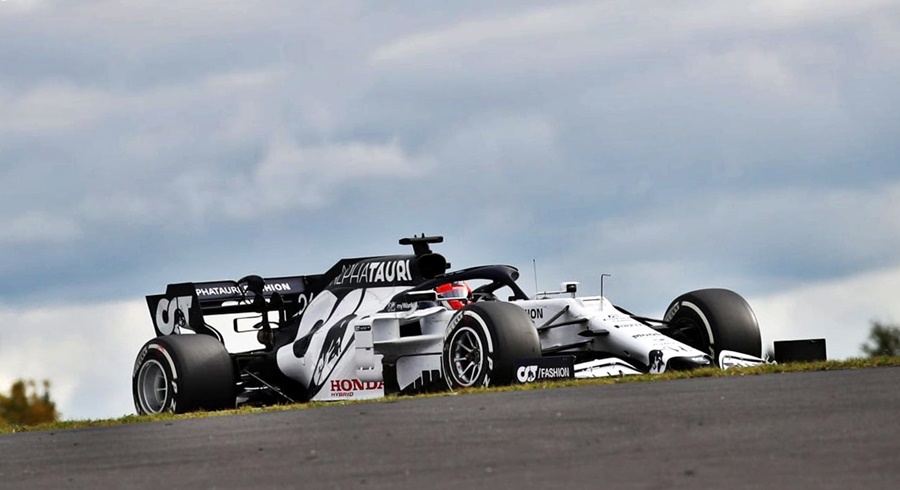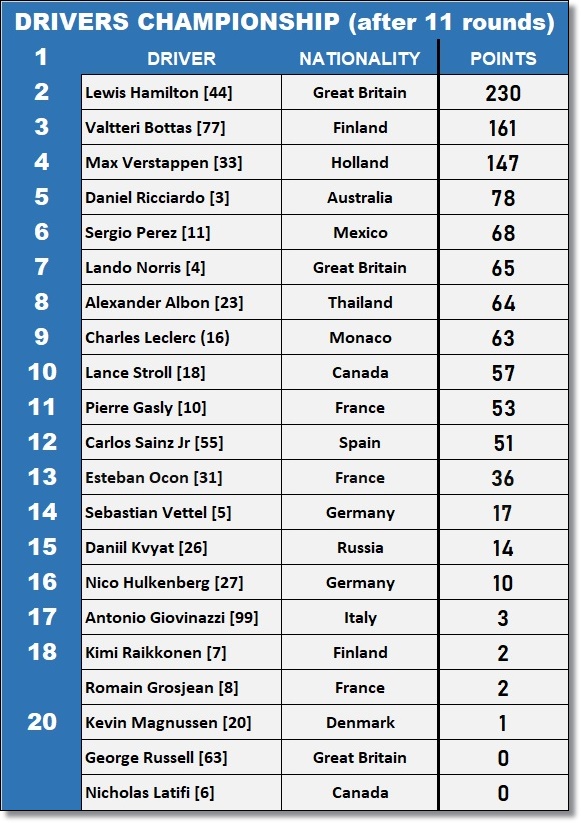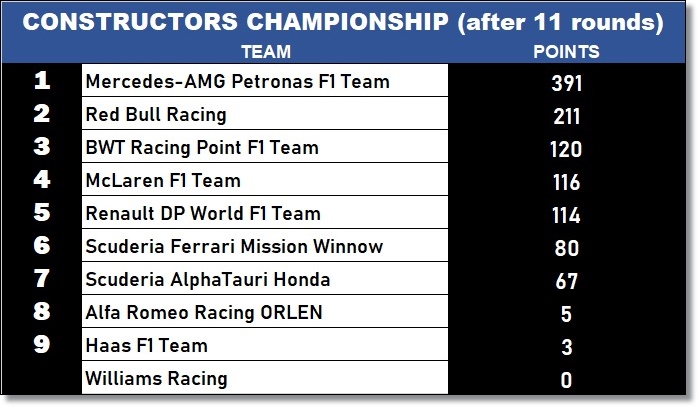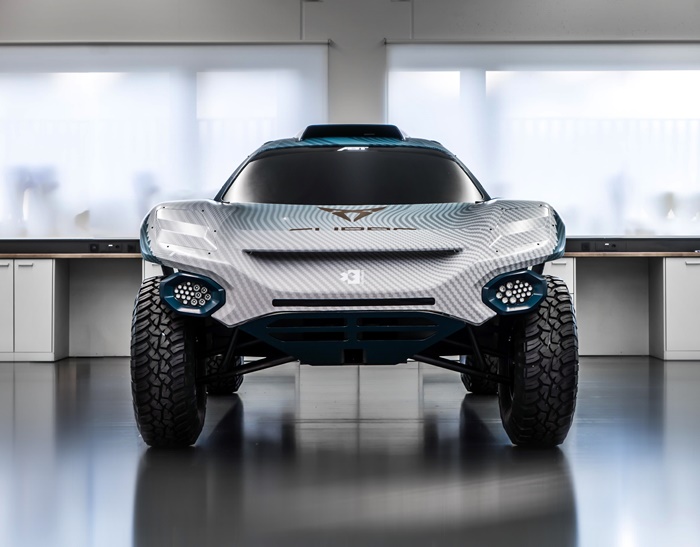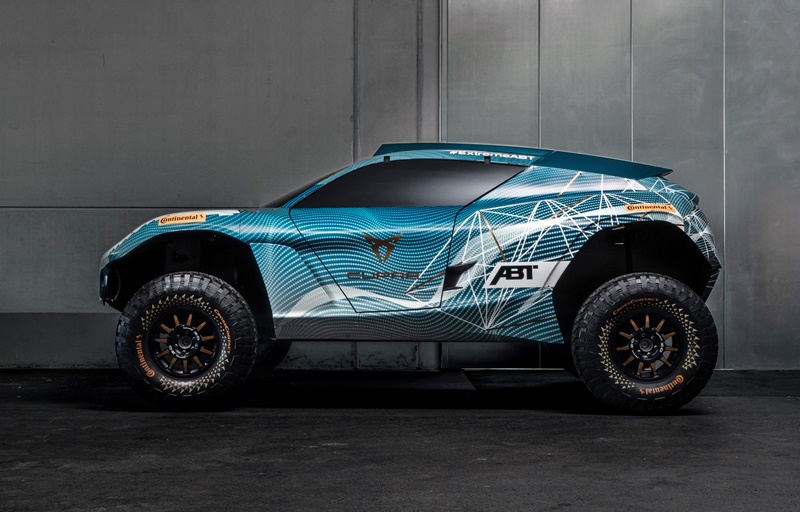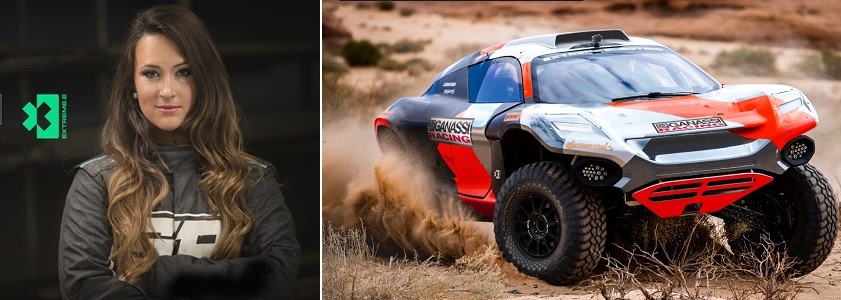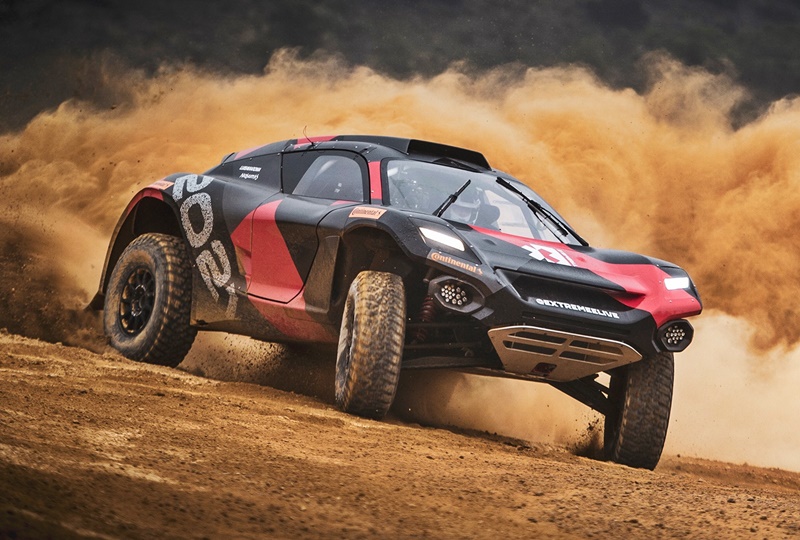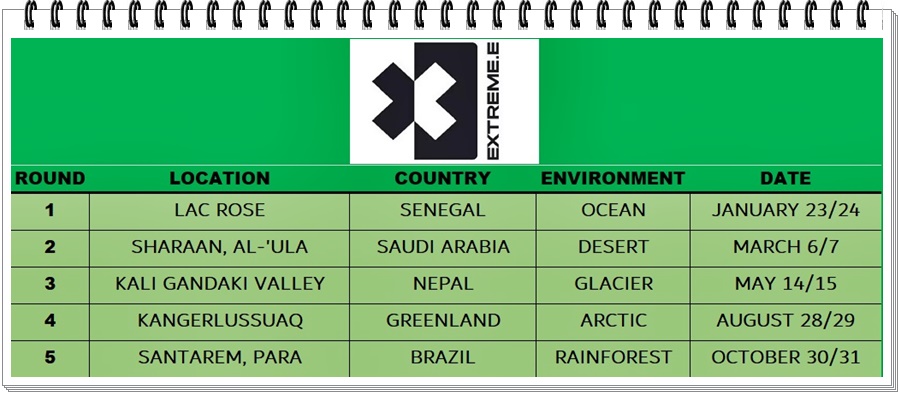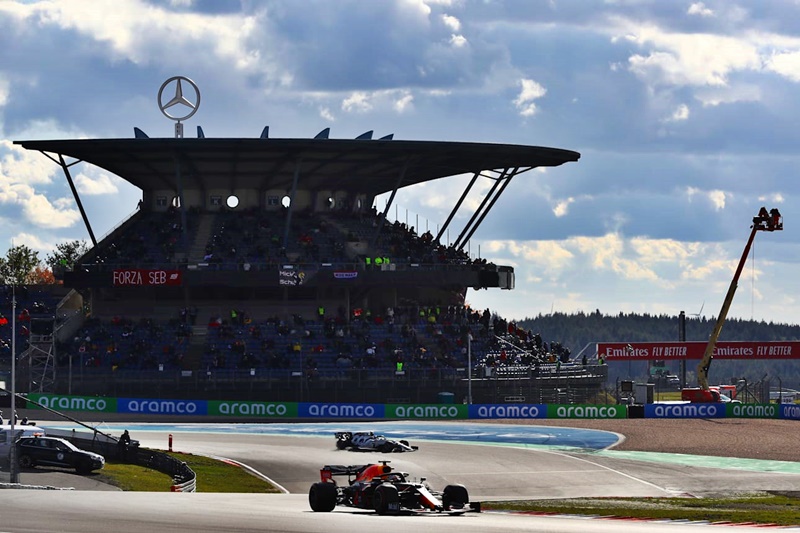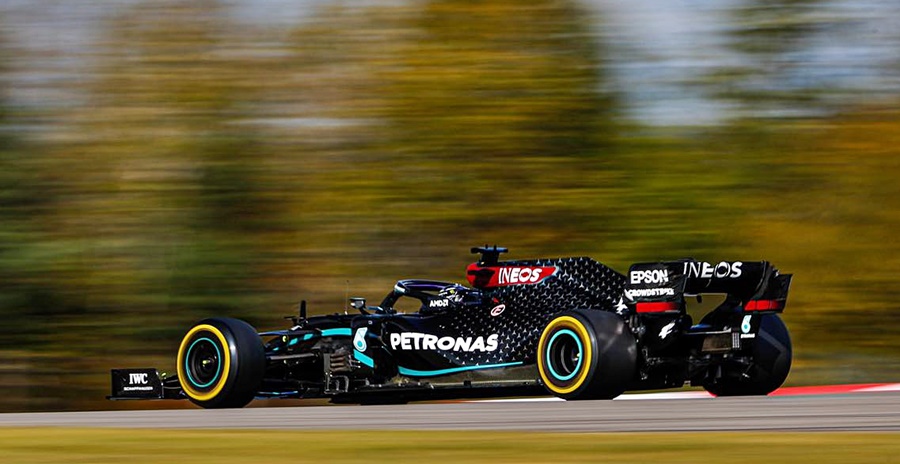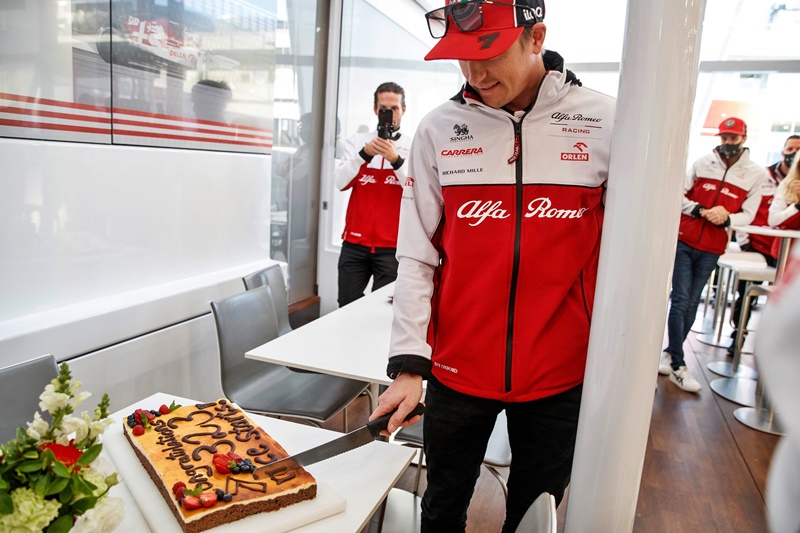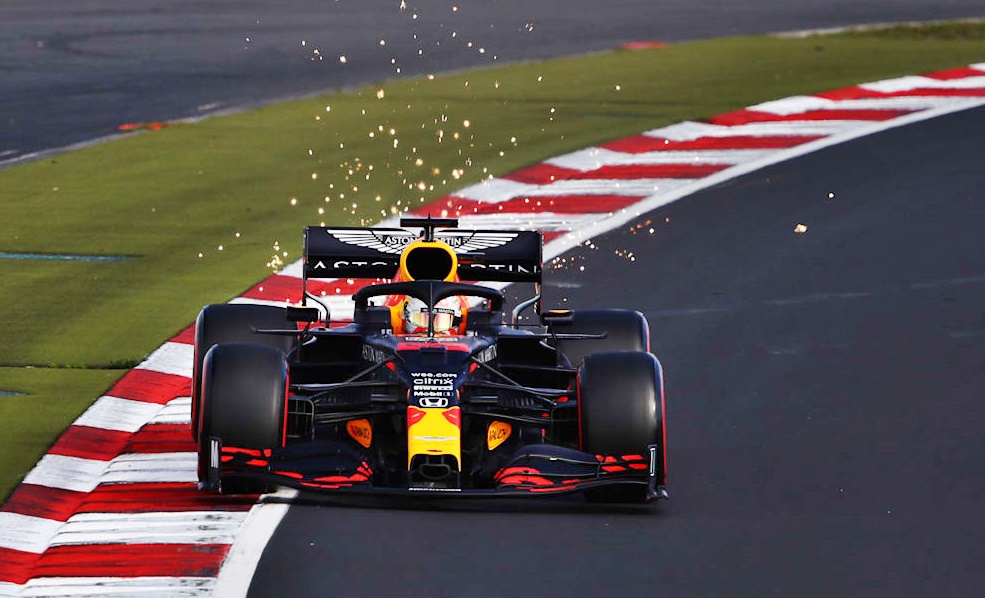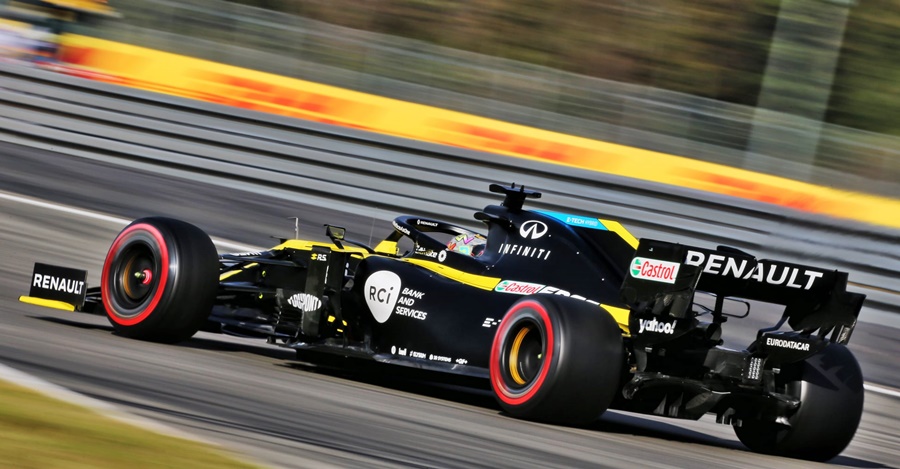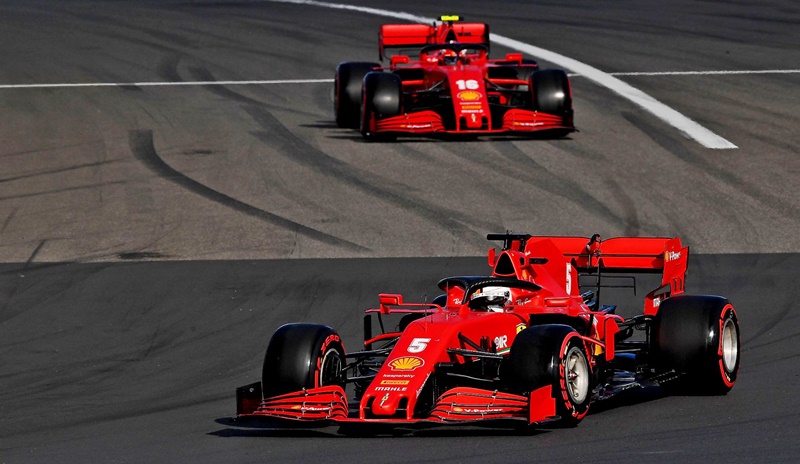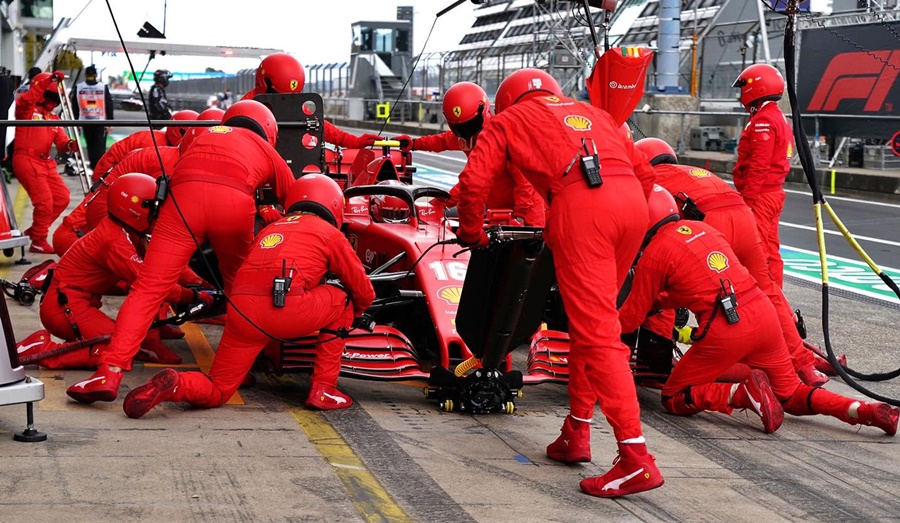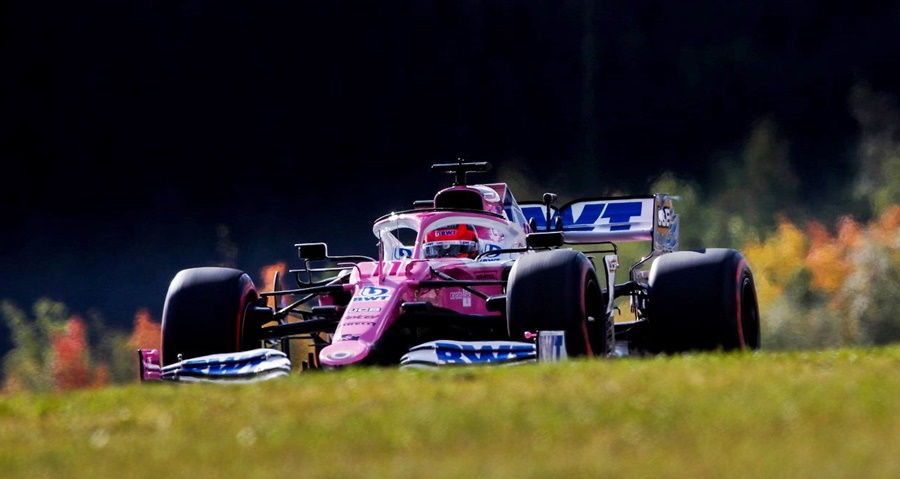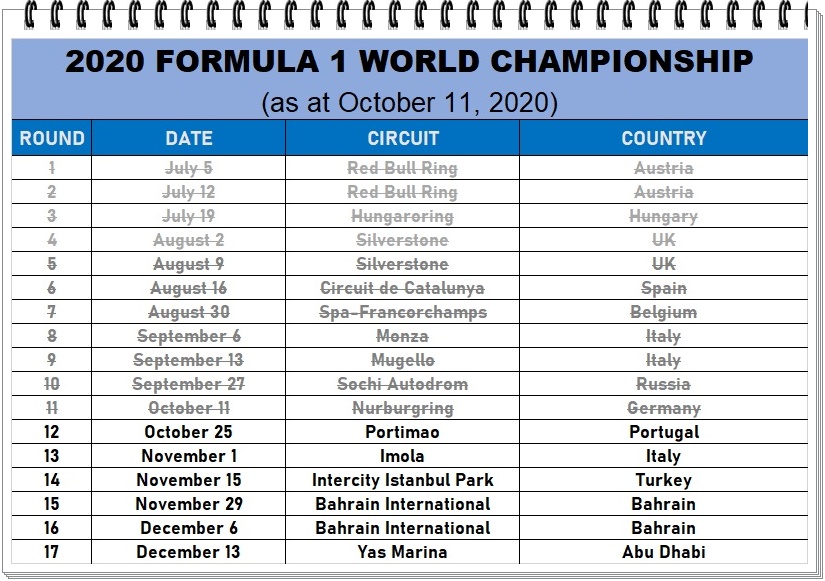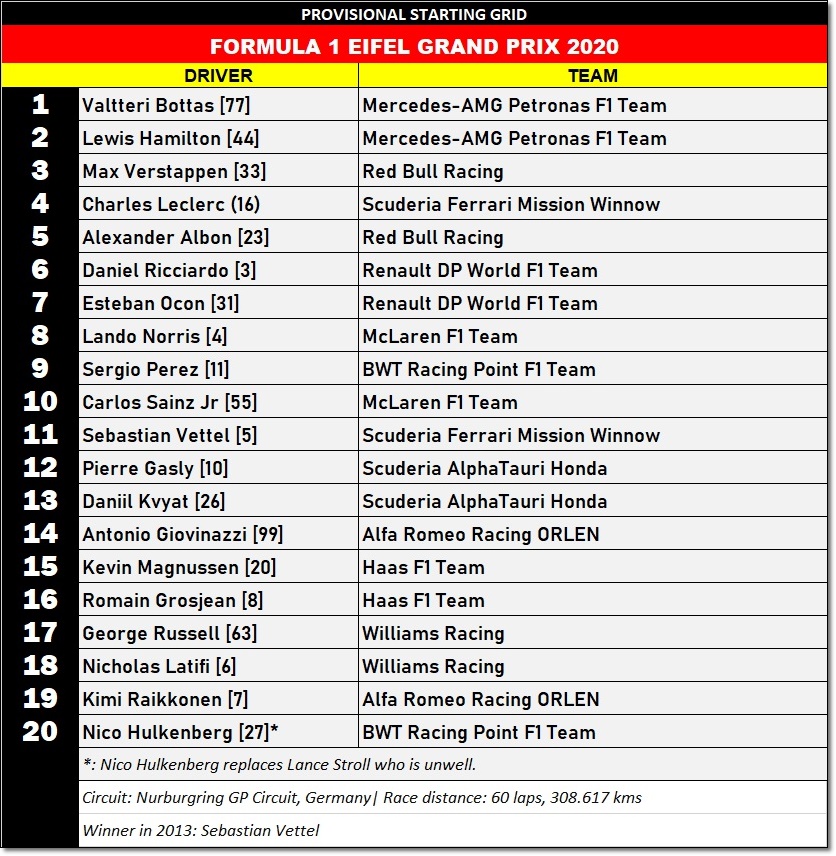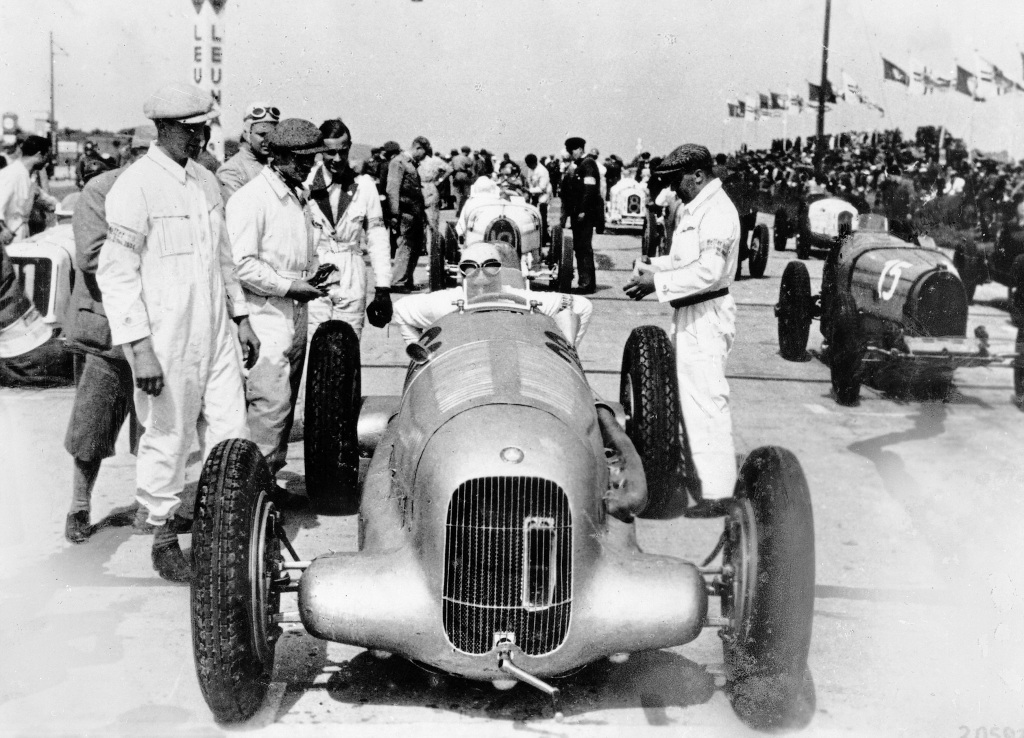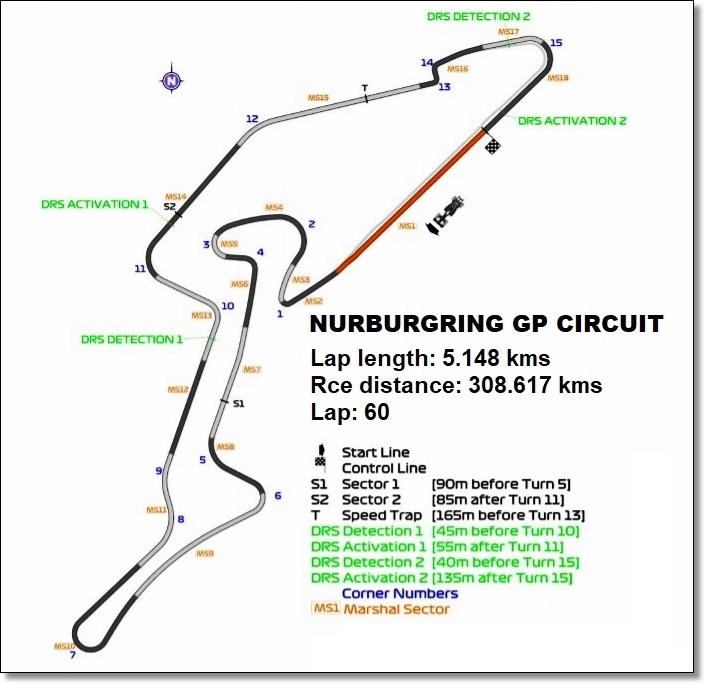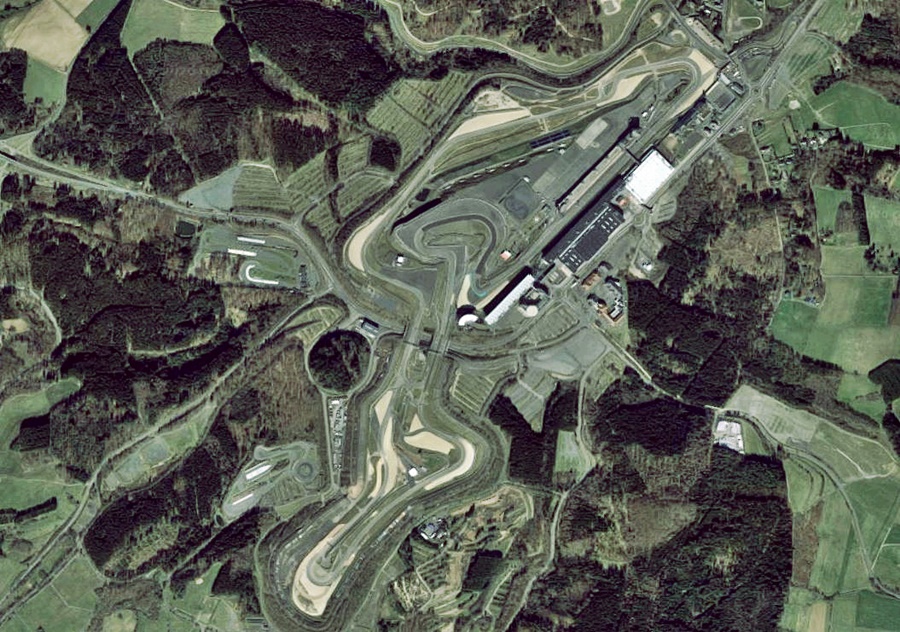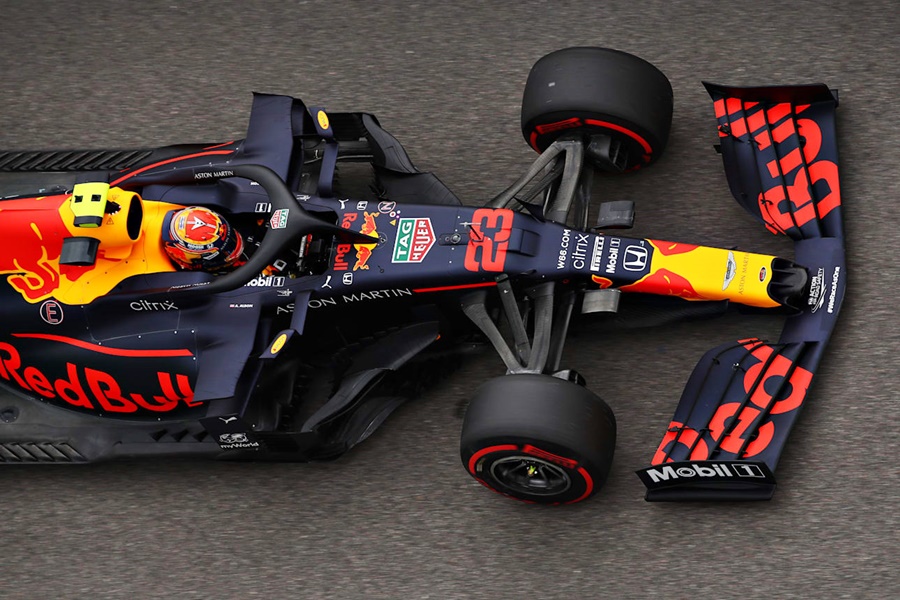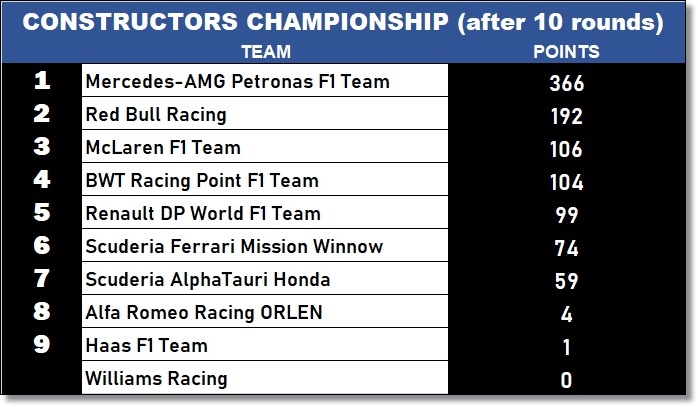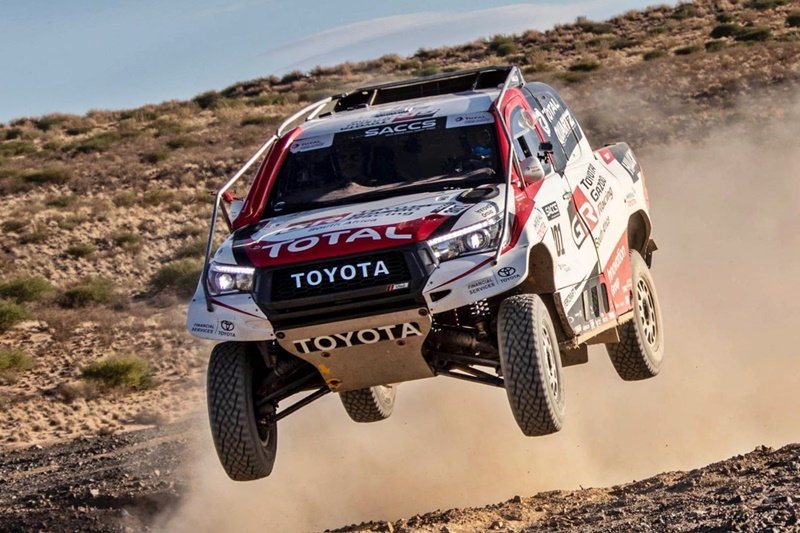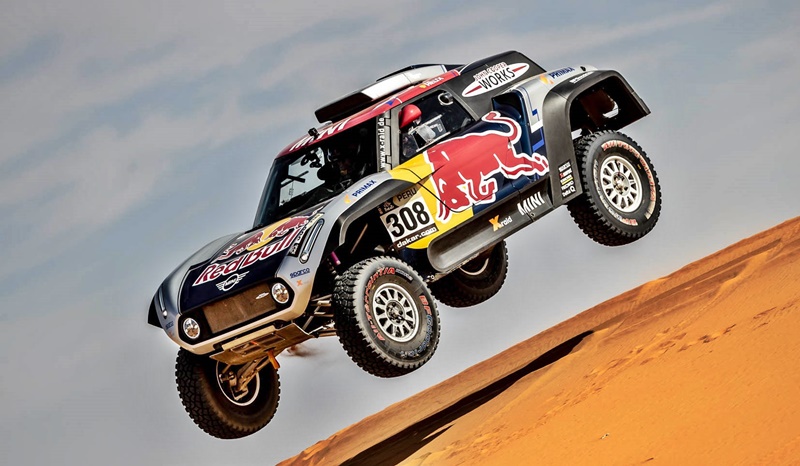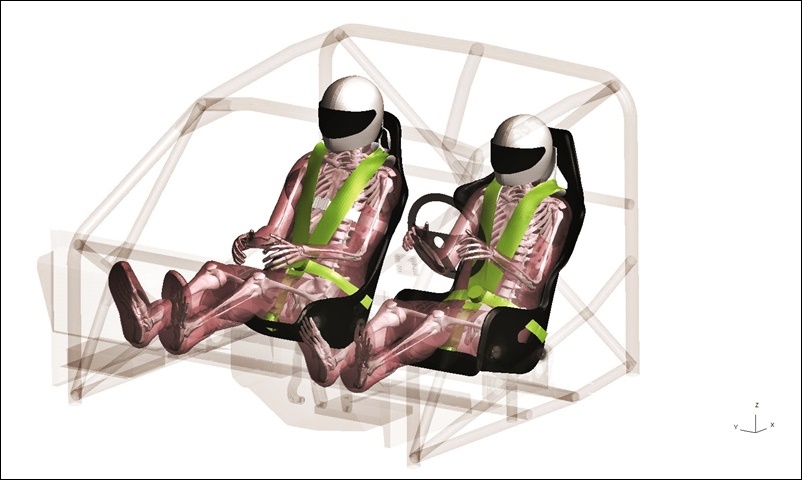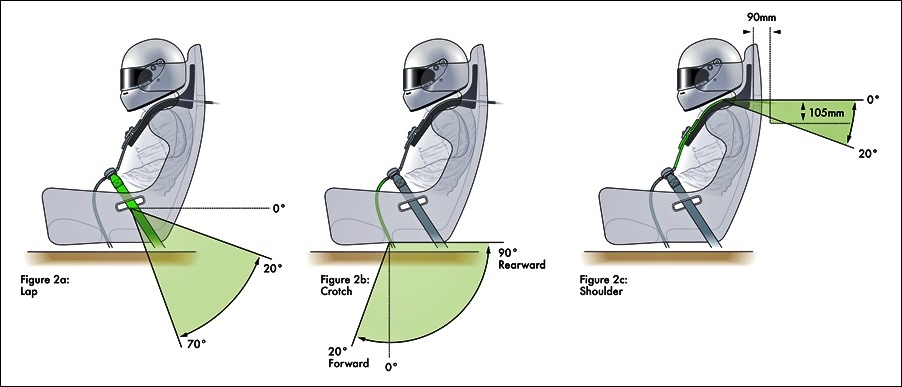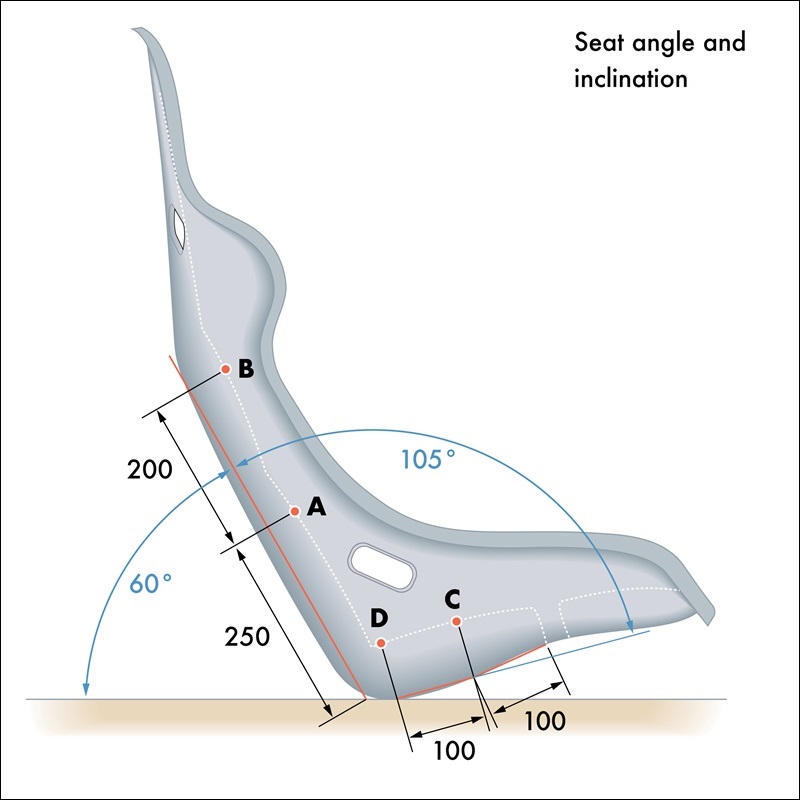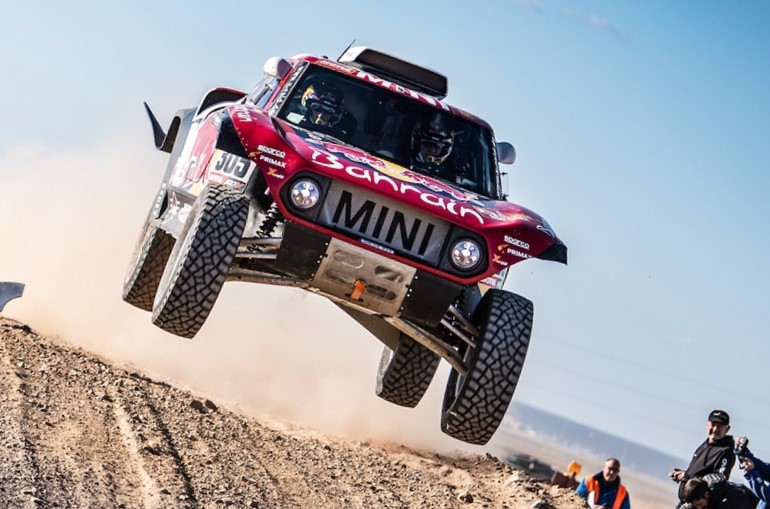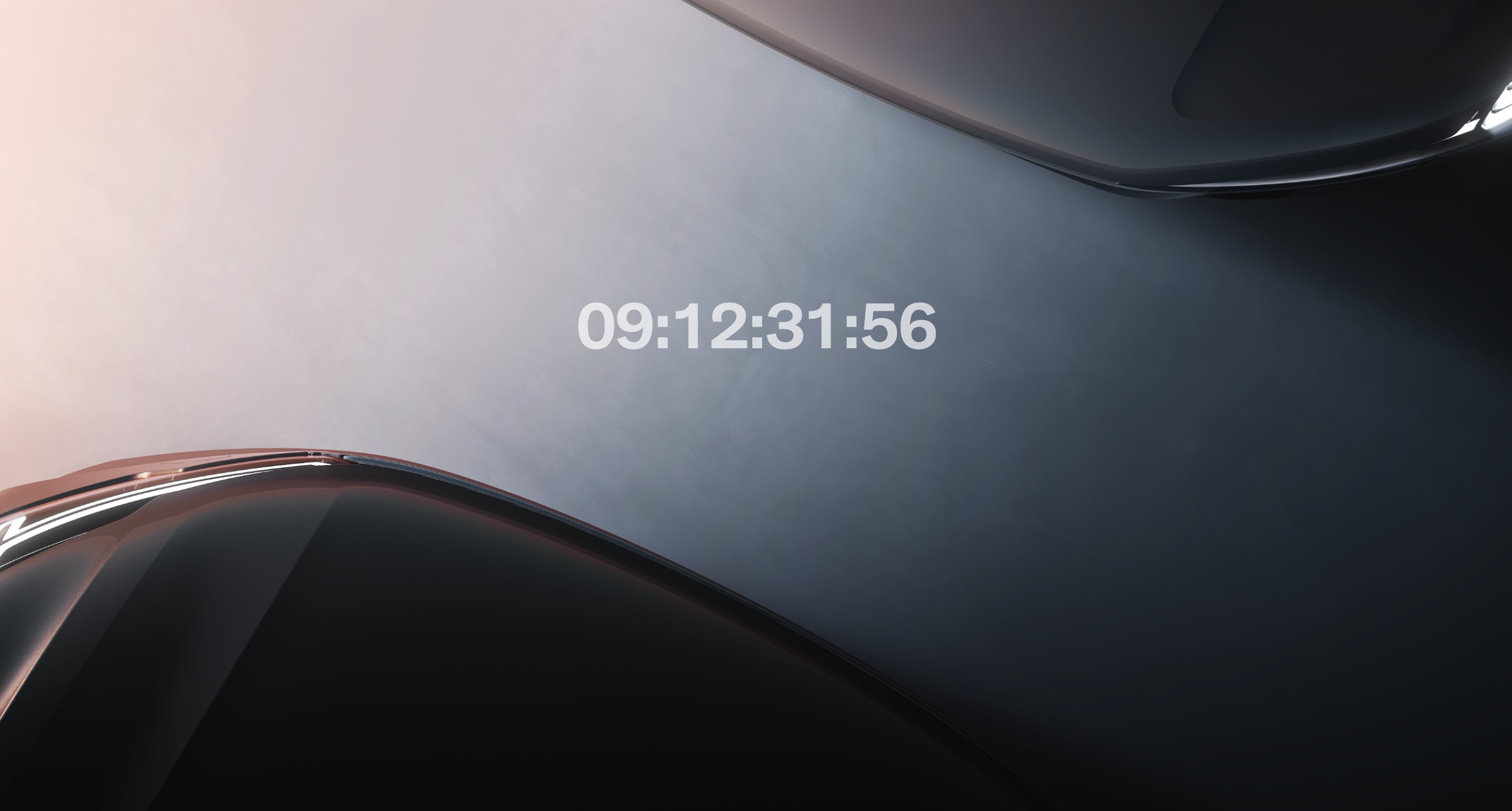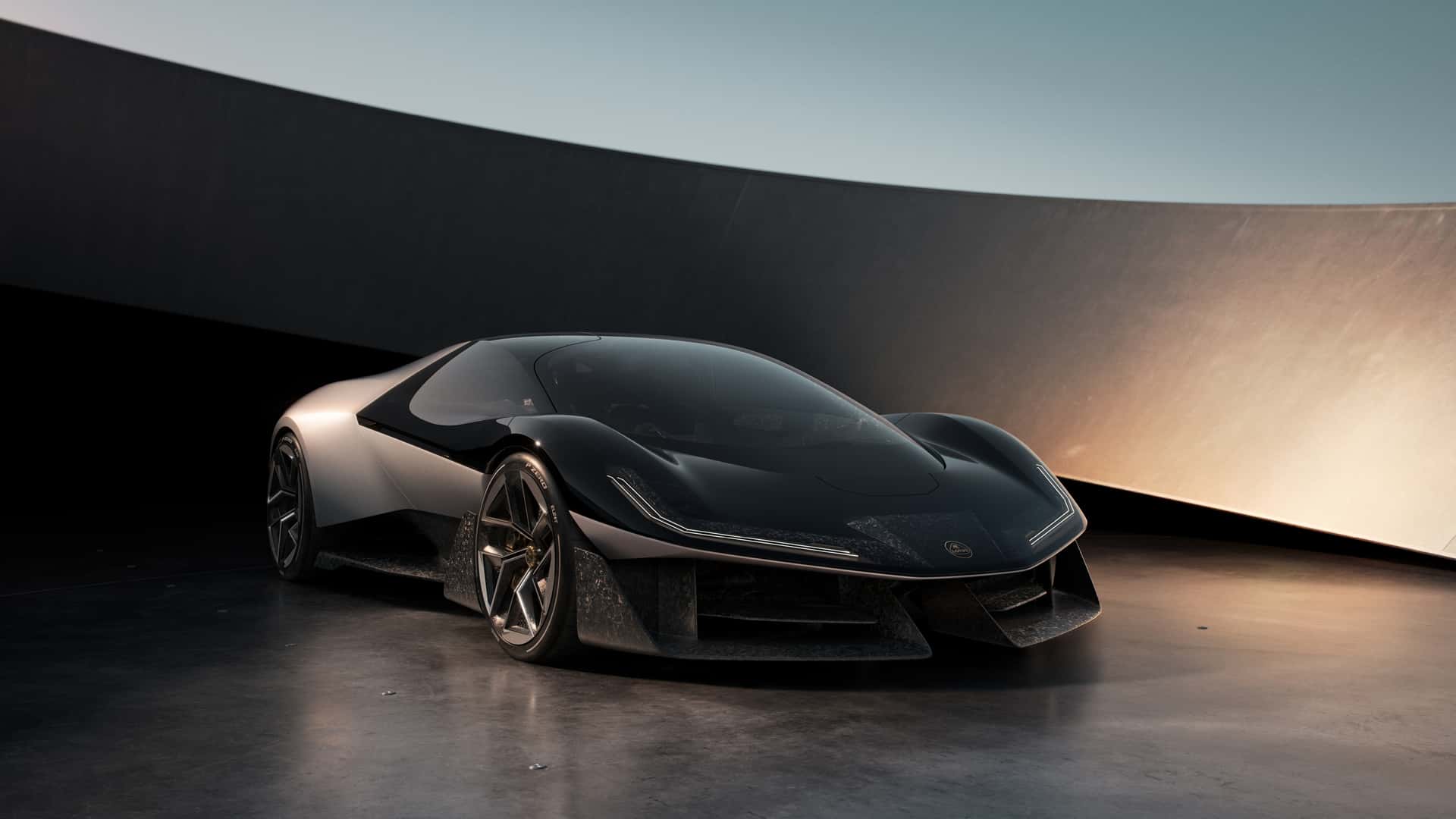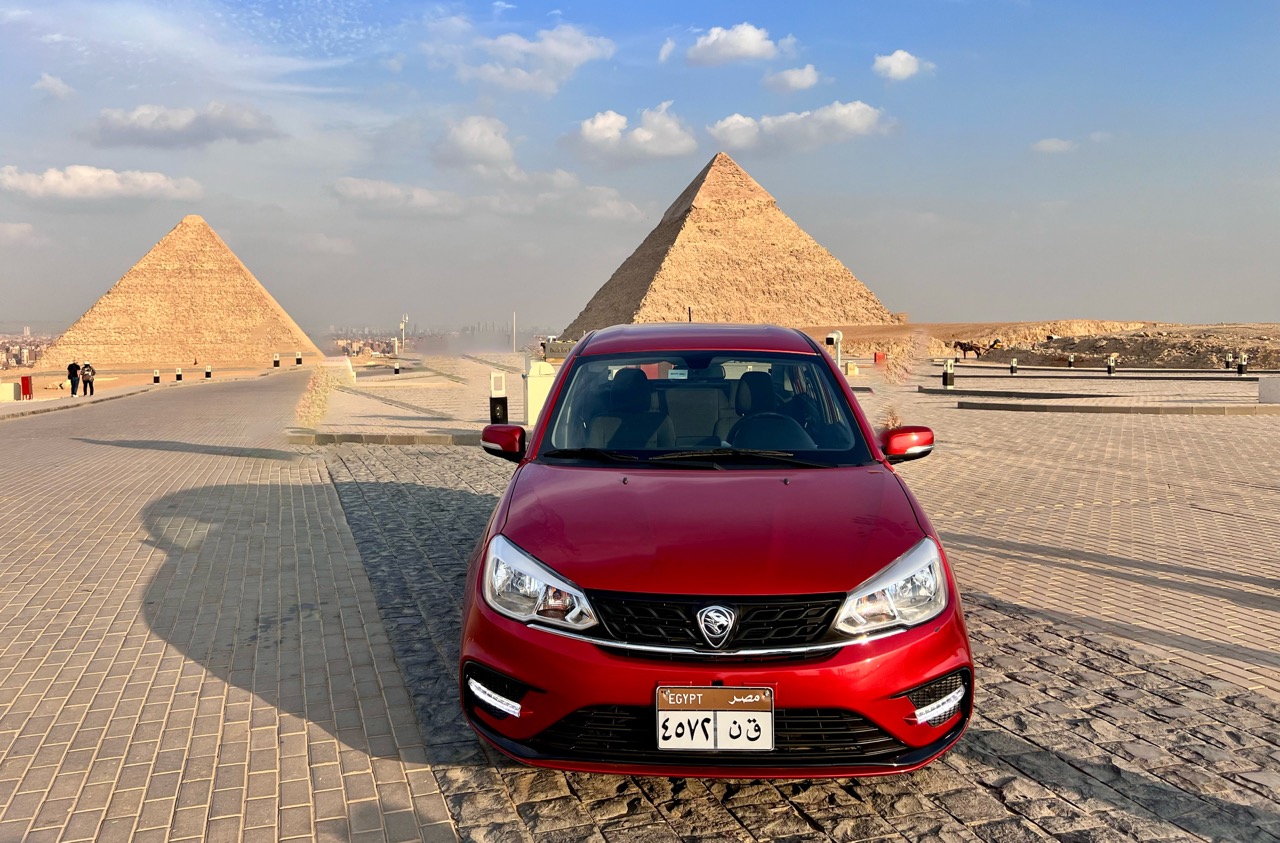Race starts at 1:10 pm in Istanbul | 6:10 pm in Malaysia
This weekend sees a Formula 1 race taking place in Turkey, the first time since 2011 when the last Turkish F1 Grand Prix was held there. The 14th round of the 2020 championship is being run at the Intercity Istanbul Park or Istanbul Racing Circuit (or initially, Istanbul Otodrom) in the country’s capital city. The track was opened in 2005 and was another project of Hermann Tilke, who has designed many of the modern F1 circuits around the world.
Financial issues are said to have been the reason for the Istanbul circuit being left out of the championship calendar after 2011. Its inclusion this year may have been because it was willing to host a round in the revised calendar that was impacted by the pandemic. Having a circuit that was already properly designed and approved for F1 racing, and presumably maintained in a good condition, would have made it an easy choice for the organisers.
One of the most challenging circuits
Istanbul Park has often been labelled as one of the most challenging modern circuits in F1. Of the 14 turns, Turn 8 is ‘legendary’ – a fast, high-g 640-metre left-hander with multiple apexes. Though today’s racing cars are better designed to handle the turn compared to 9 years ago, the speed (around 270 km/h) and duration in the turn will still place a lot of loads on the tyres.
“Due to the increased downforce levels, the iconic Turn 8 will be less of a focus than before. It was pretty much flat-out in the 2011 cars, but it will become even less of a challenge in these 2020 machines. So, teams don’t need to compromise the setup so much for it,” said Mercedes-AMG’s Toto Wolff.
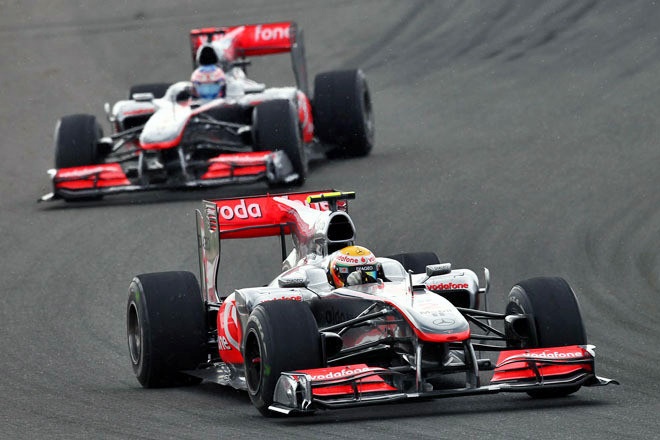
Besides Turn 8, there are also other challenges around the 5.338-km long circuit that the drivers will do 58 laps on. It will be tough and technically demanding, with the long back straight that allow DRS to enable overtaking heading into Turn 12. The end of the lap consists of a combination of three low-speed corners where braking stability on entry and traction on exit are important.
Wet conditions make things tricky
Given the wet conditions experienced lately, things are therefore going to be tricky. And what is worse is that drivers have reported the resurfaced circuit has created conditions like an ice-rink – rain will just make it much tougher. If it does rain during the race, expect dramatic moments.
Limited value in historical data
“Unlike some of the other unfamiliar races on the 2020 F1 schedule, we do actually have some historical data for the Turkish Grand Prix. However, because the cars have changed so much and the track has recently been resurfaced, the historic data is only useful as a reference,” added Wolff.
A number of the drivers on the starting grid this weekend have raced at Istanbul Park before. Kimi Raikkonen, Lewis Hamilton, Sebastian Vettel have been winners but the one who won the most times was Felipe Massa in 2006, 2007 and 2008, and Jenson Button also won the race in 2009.





